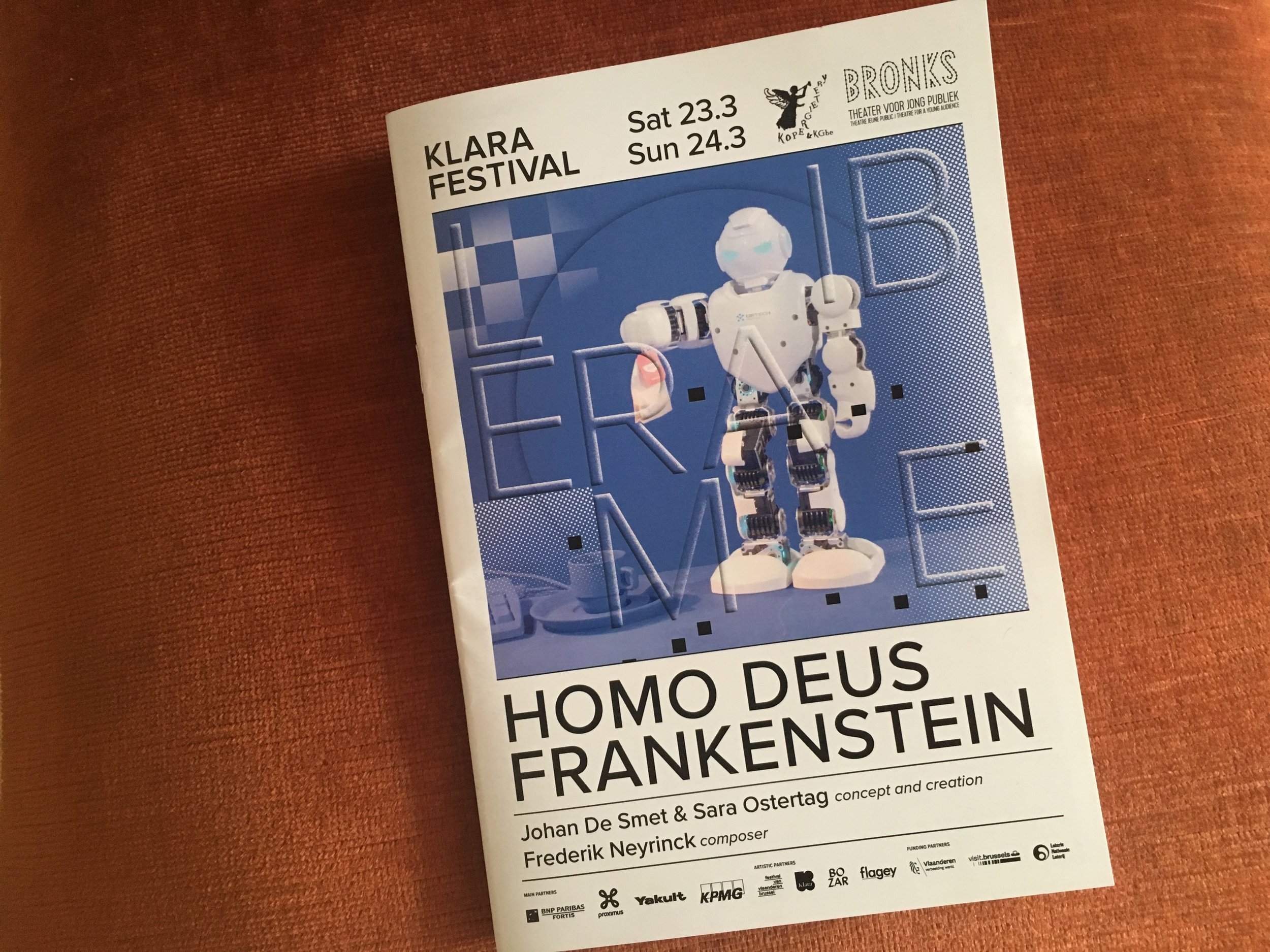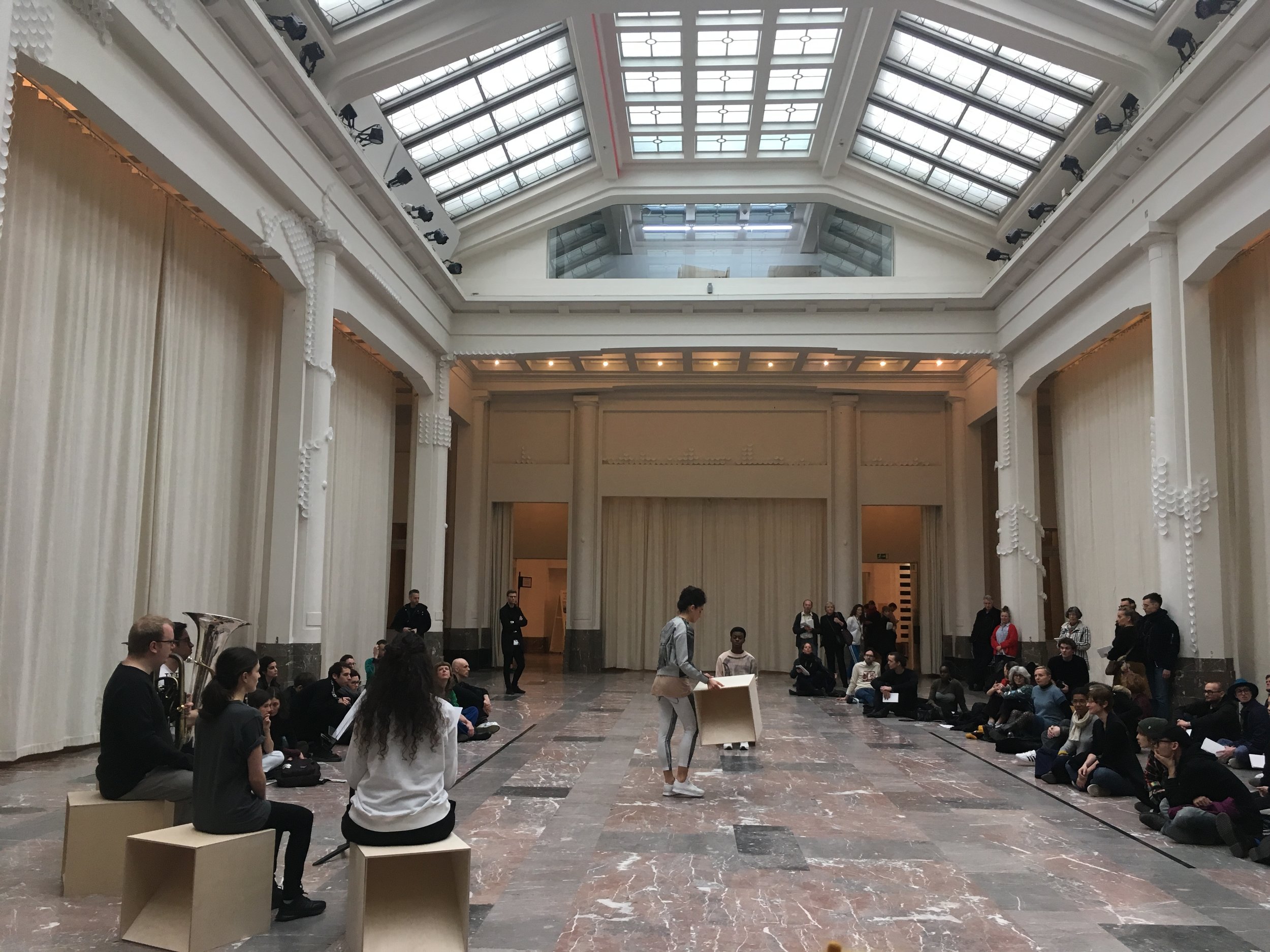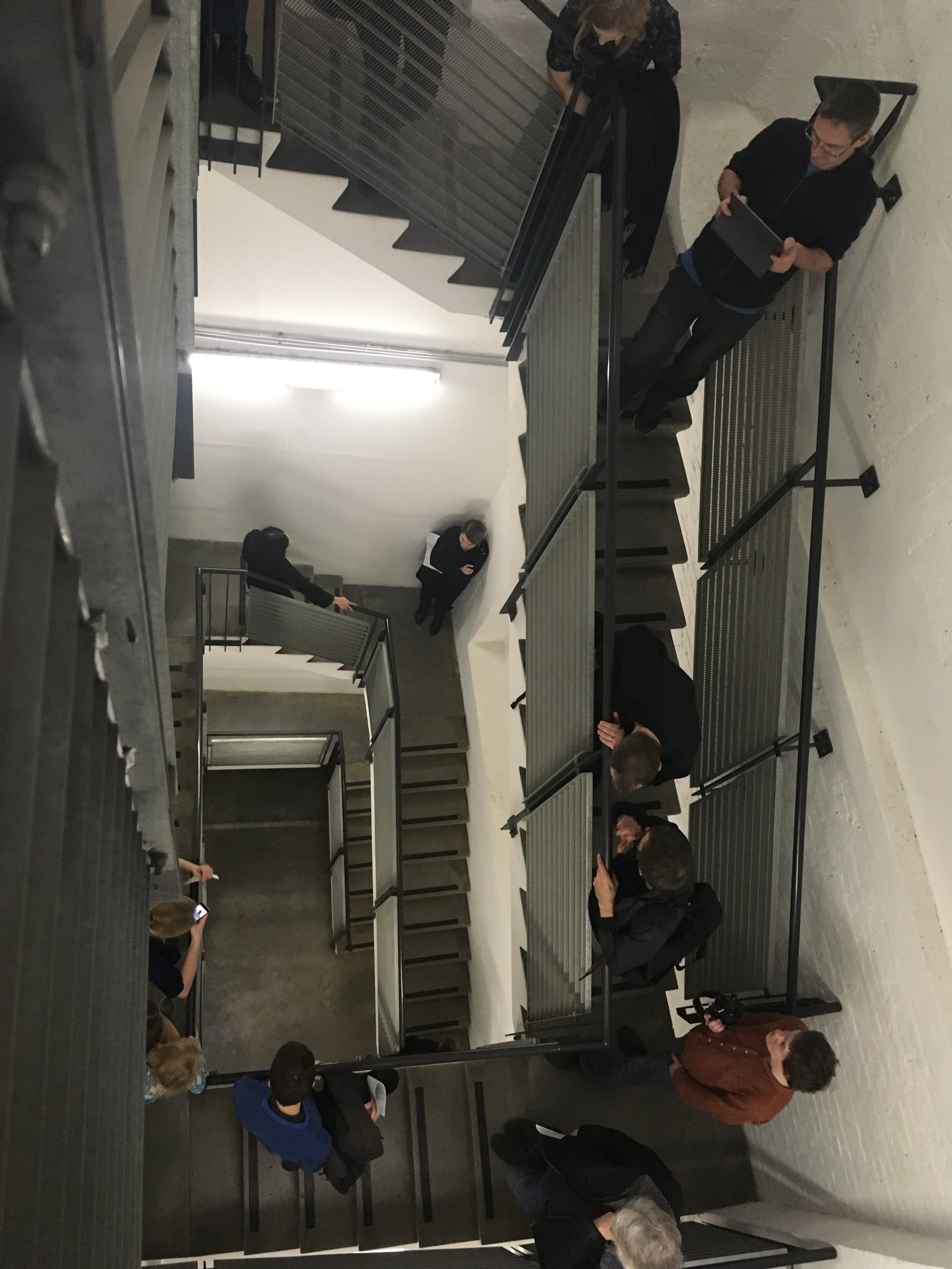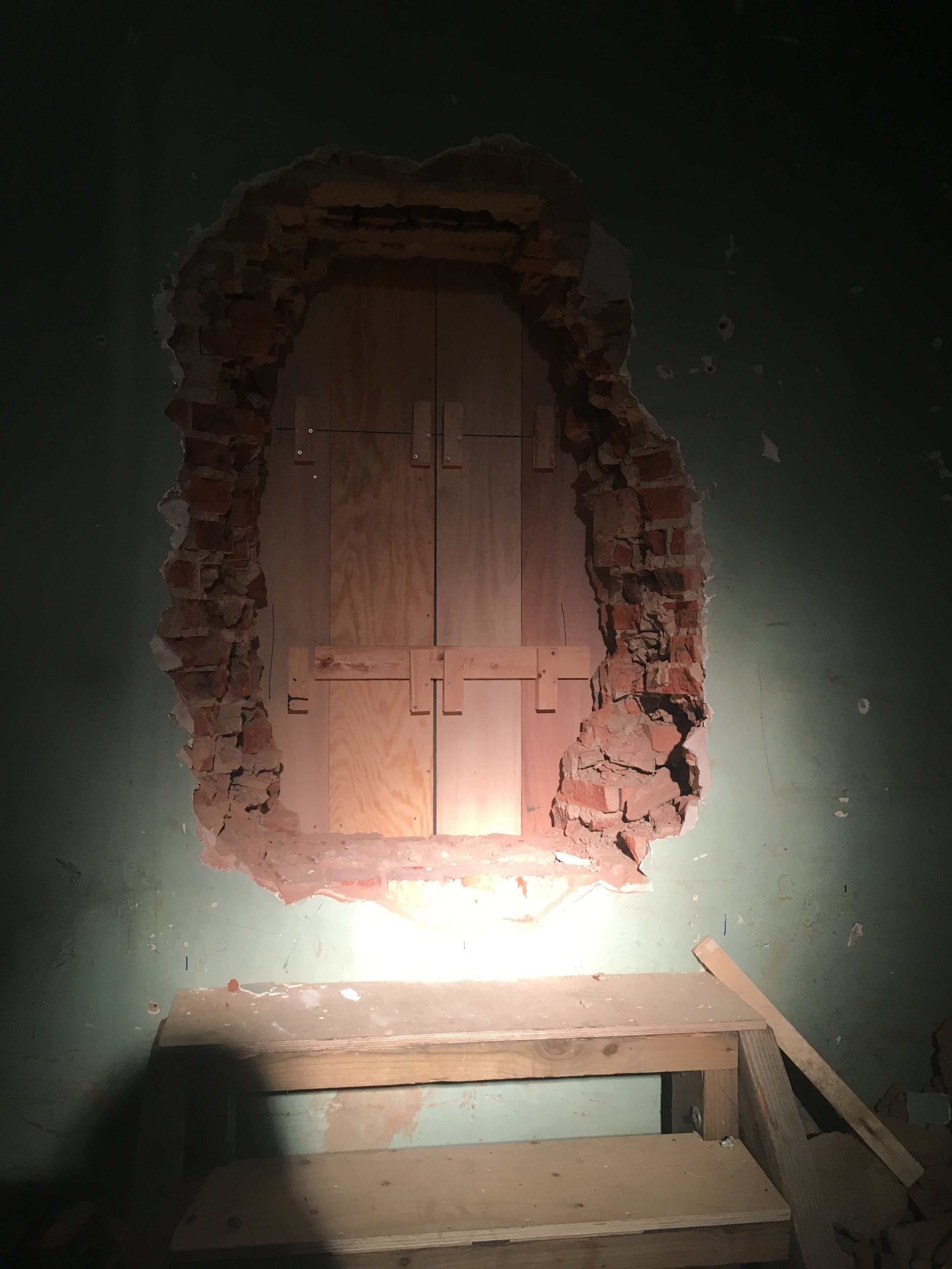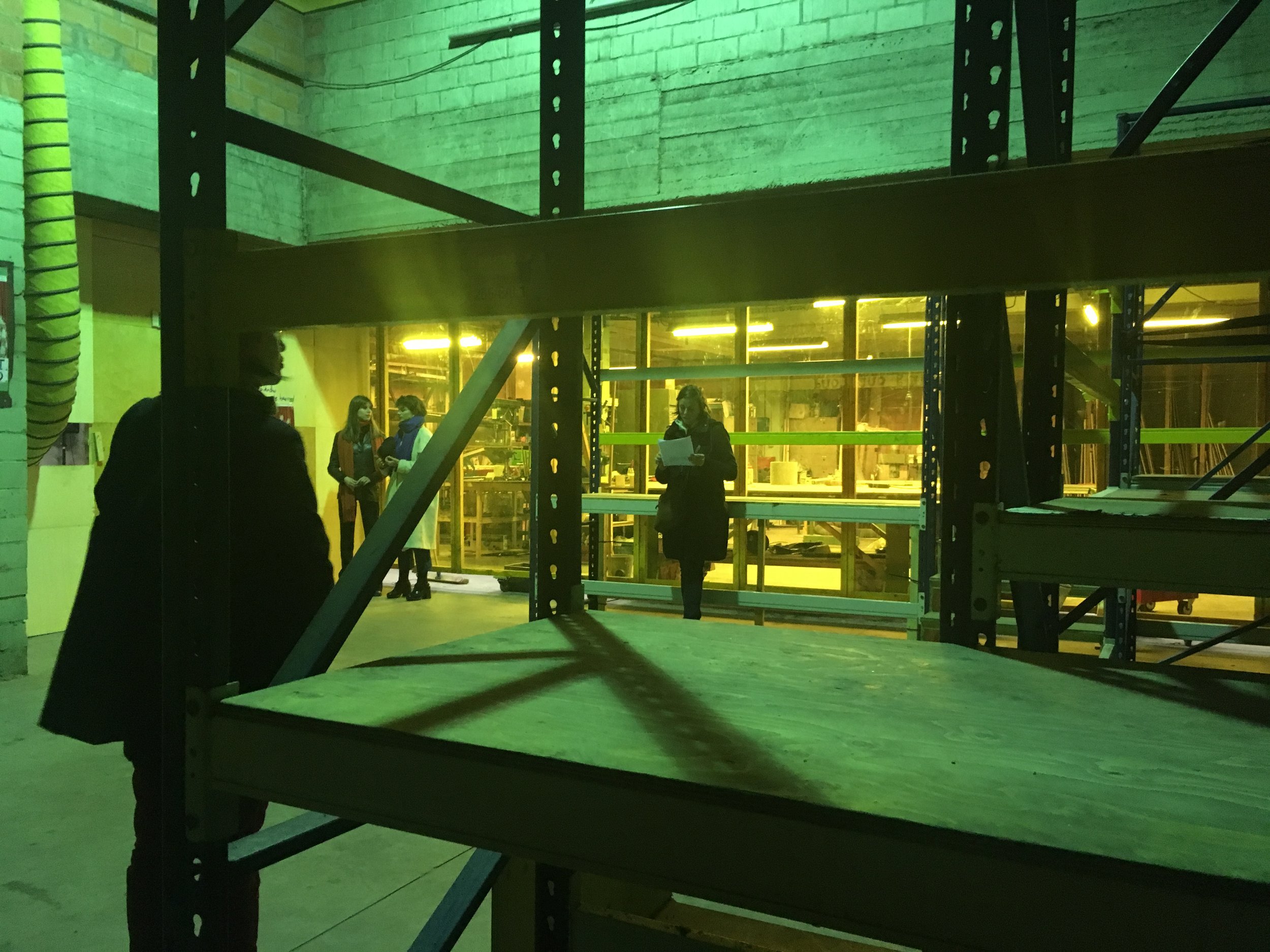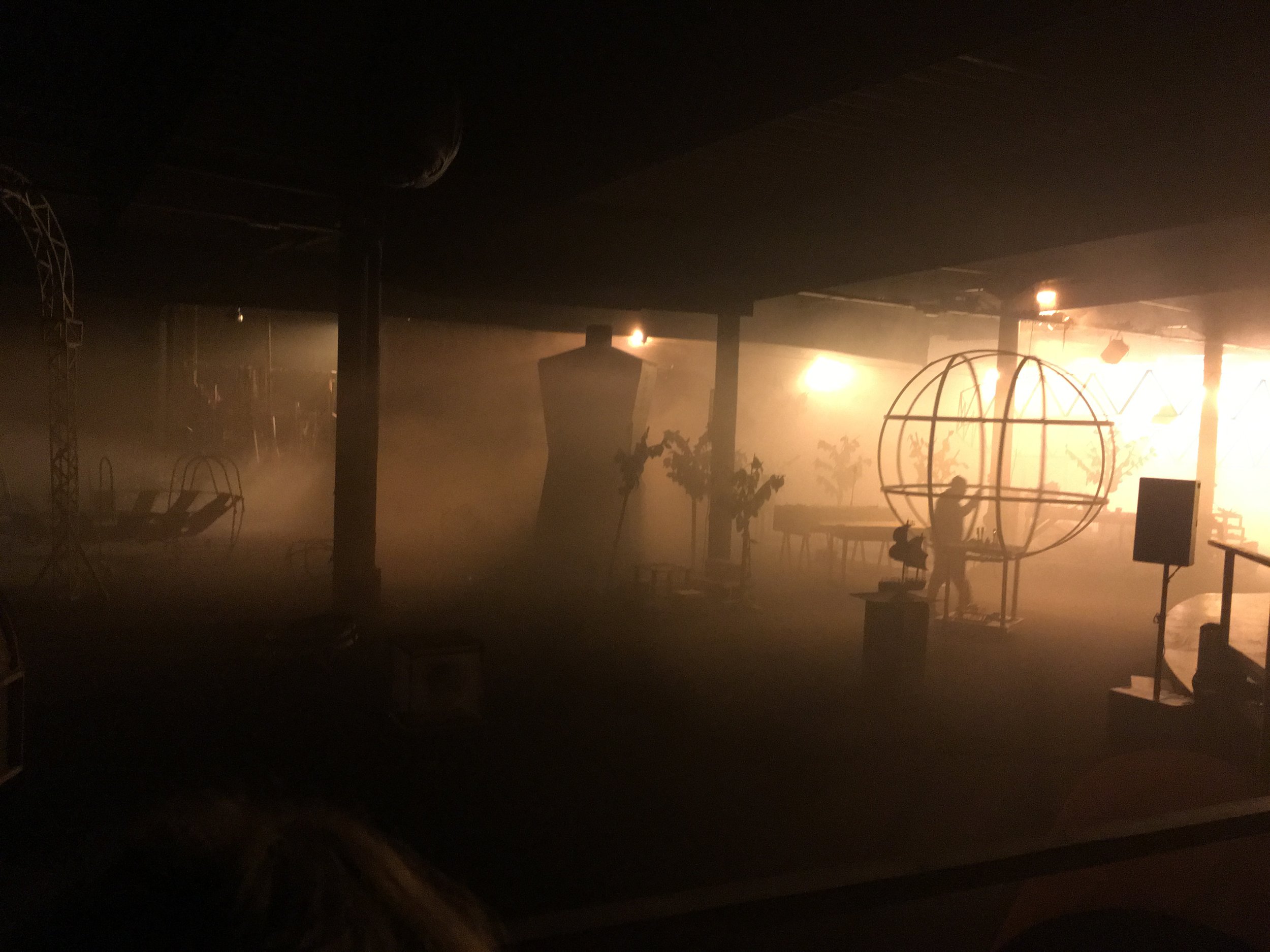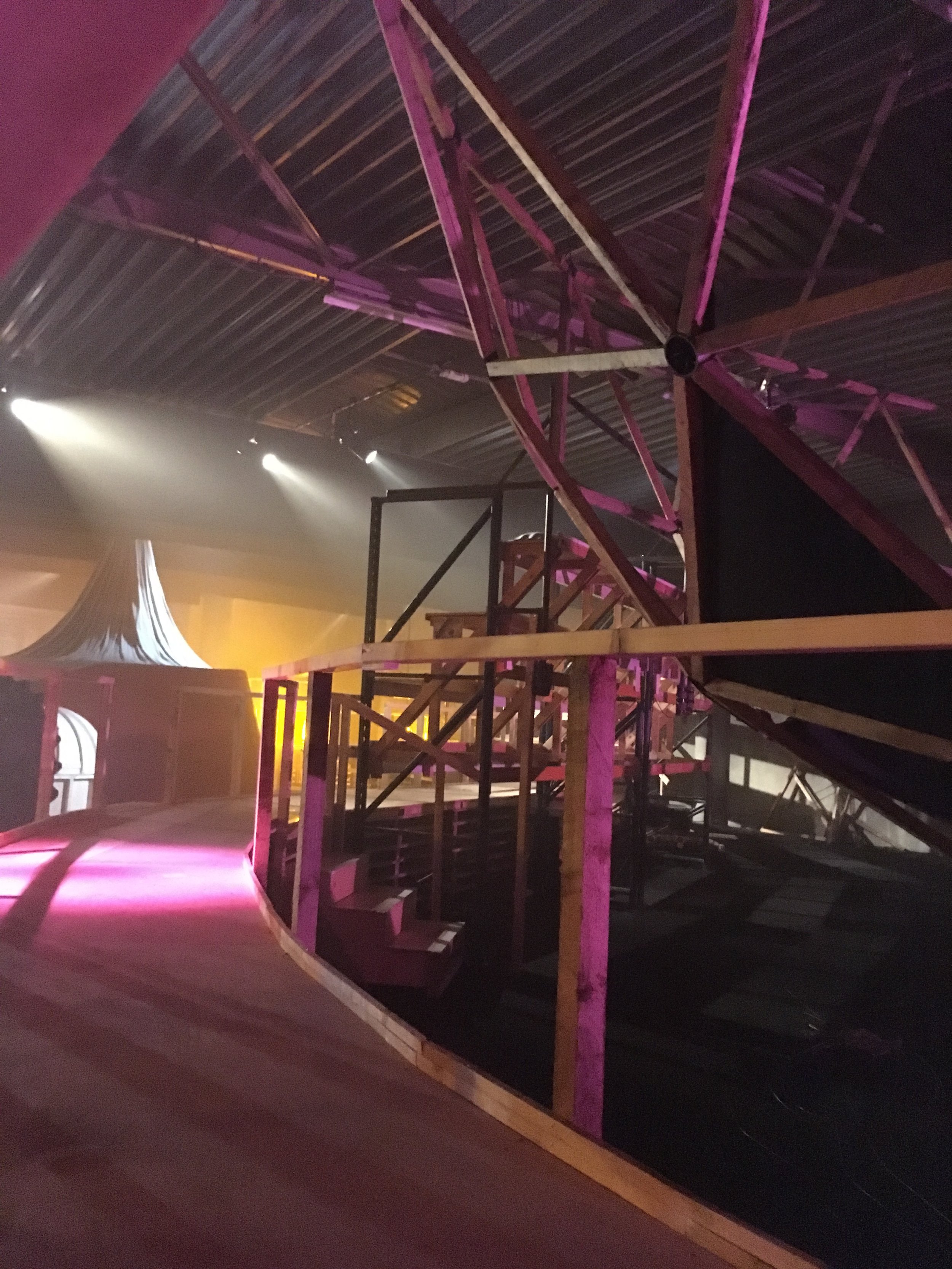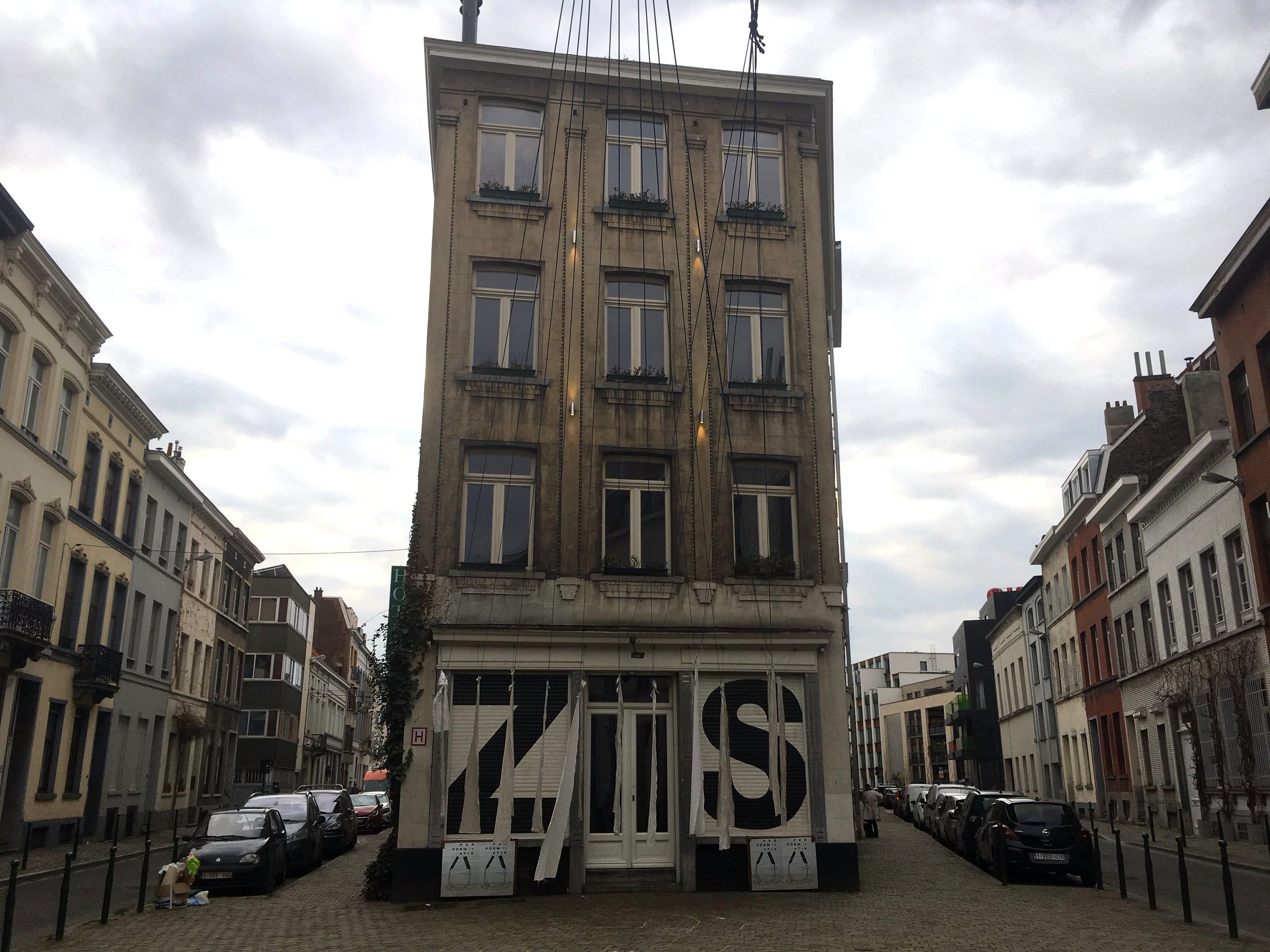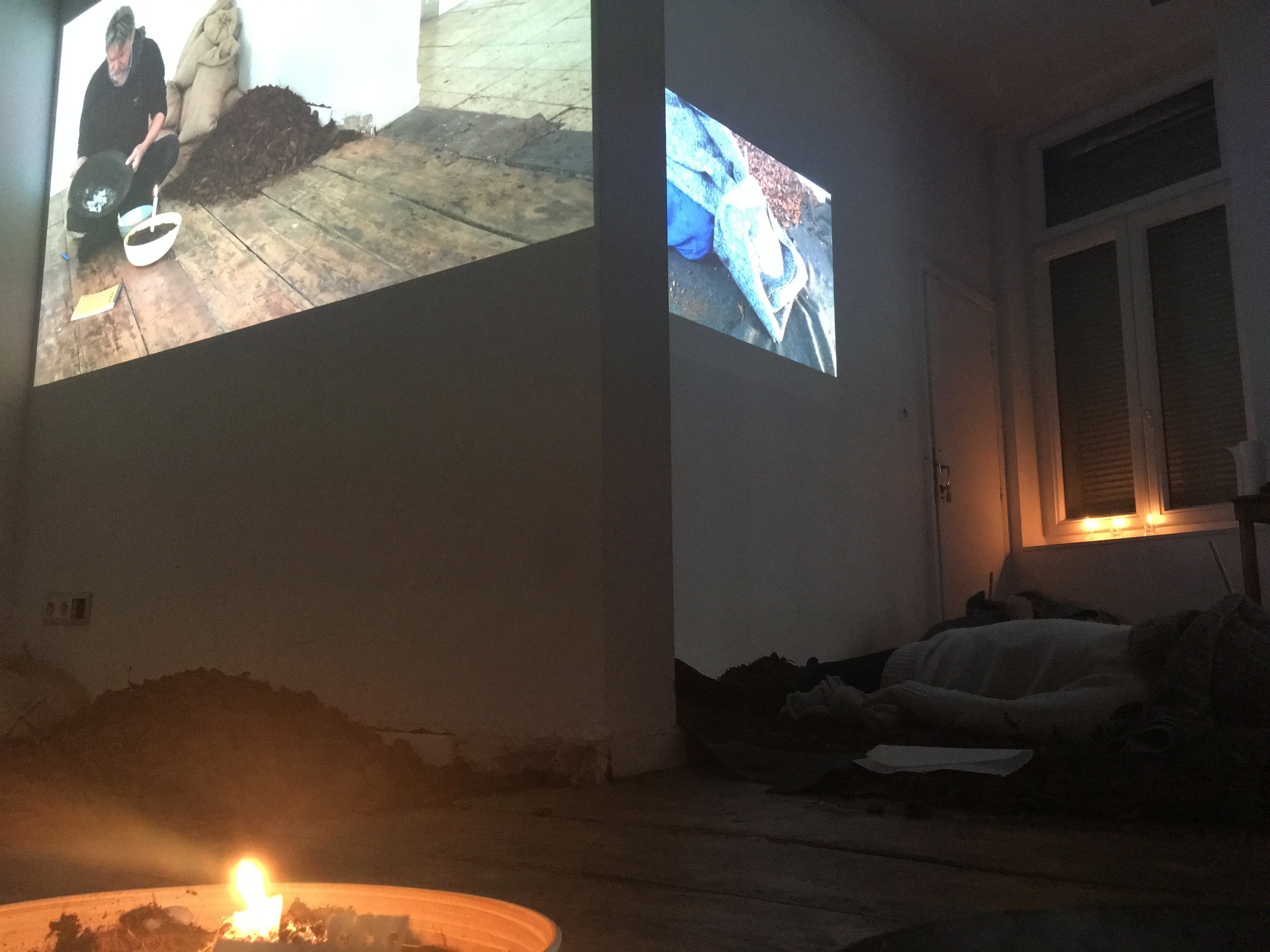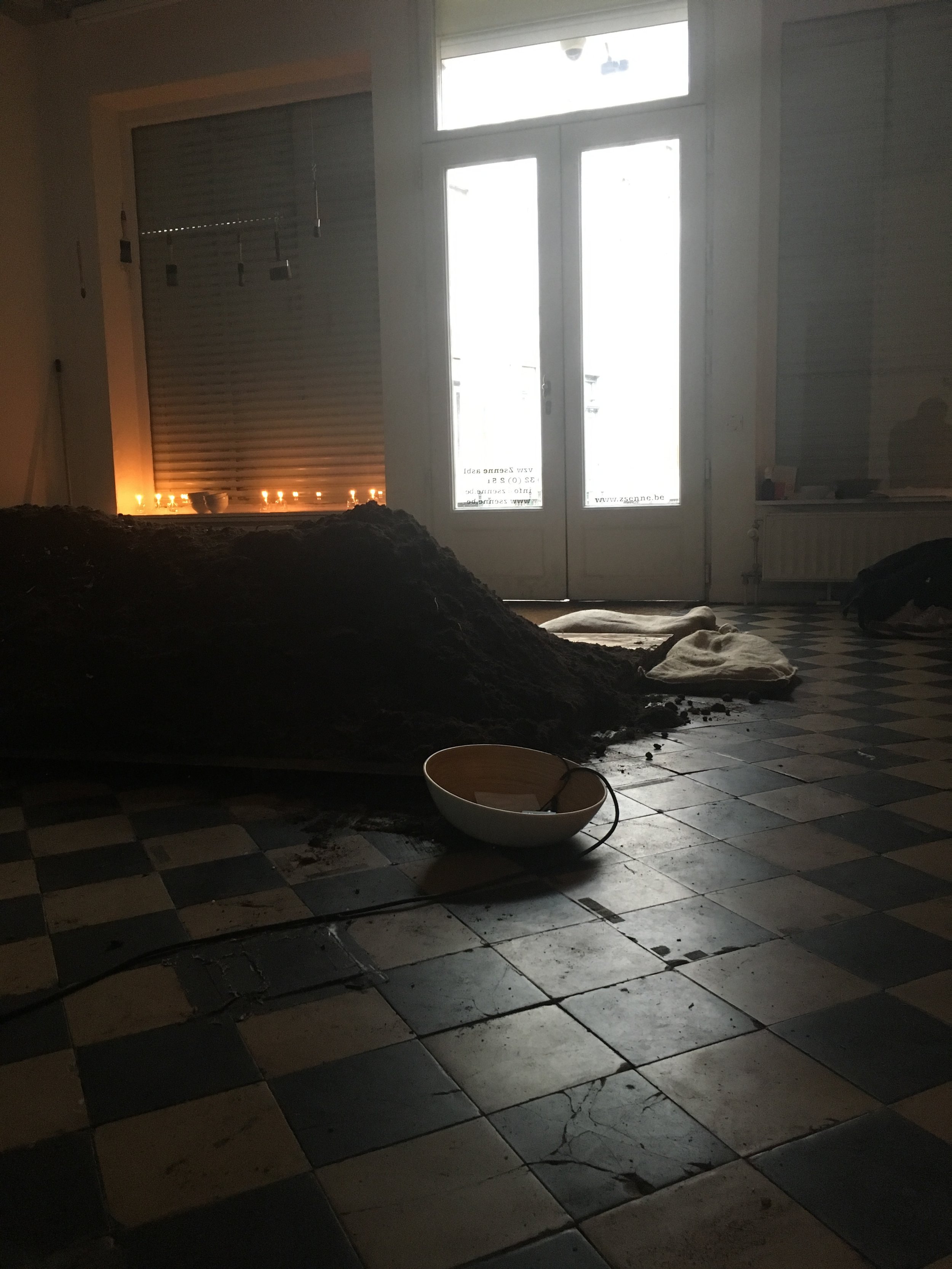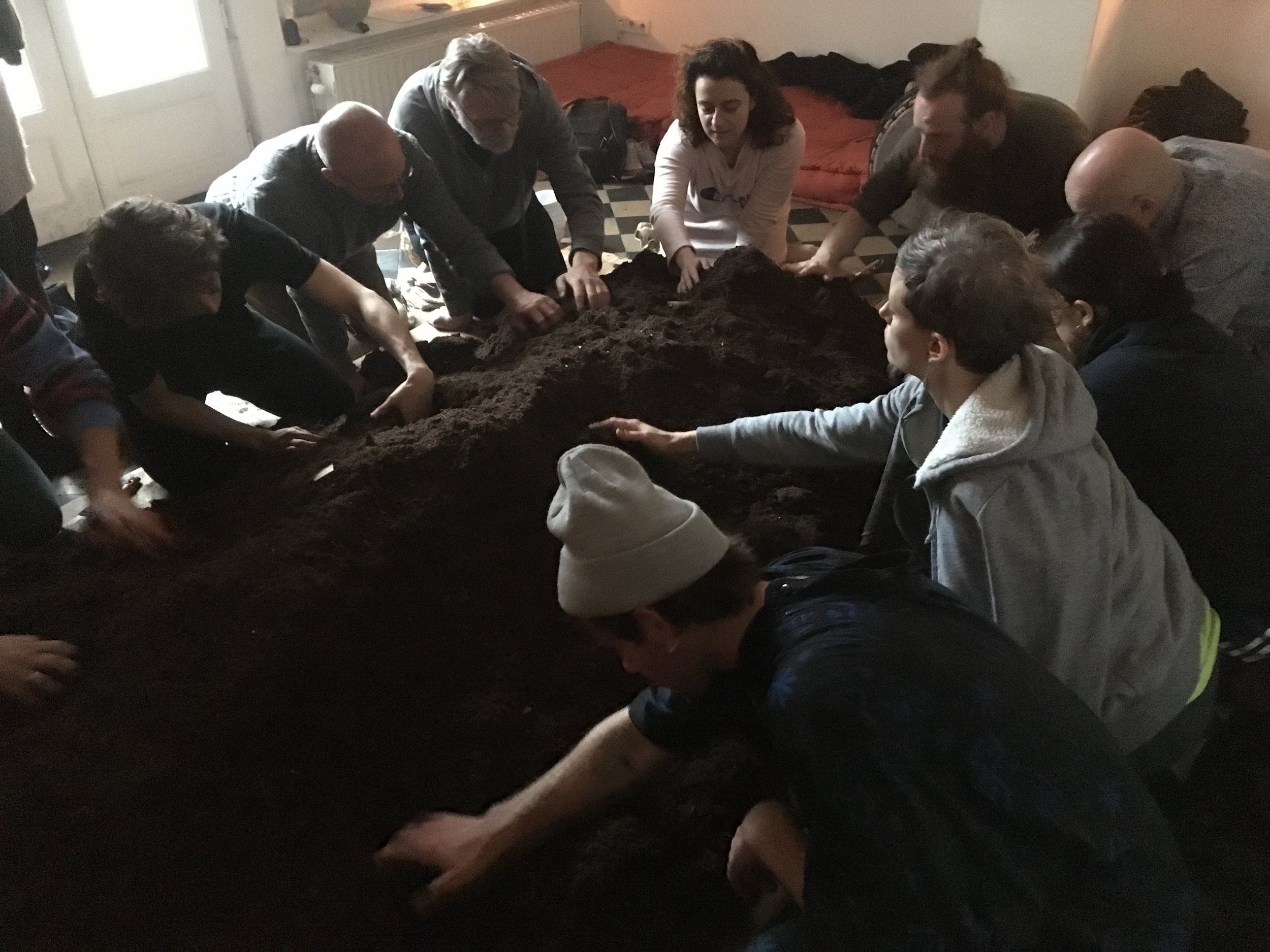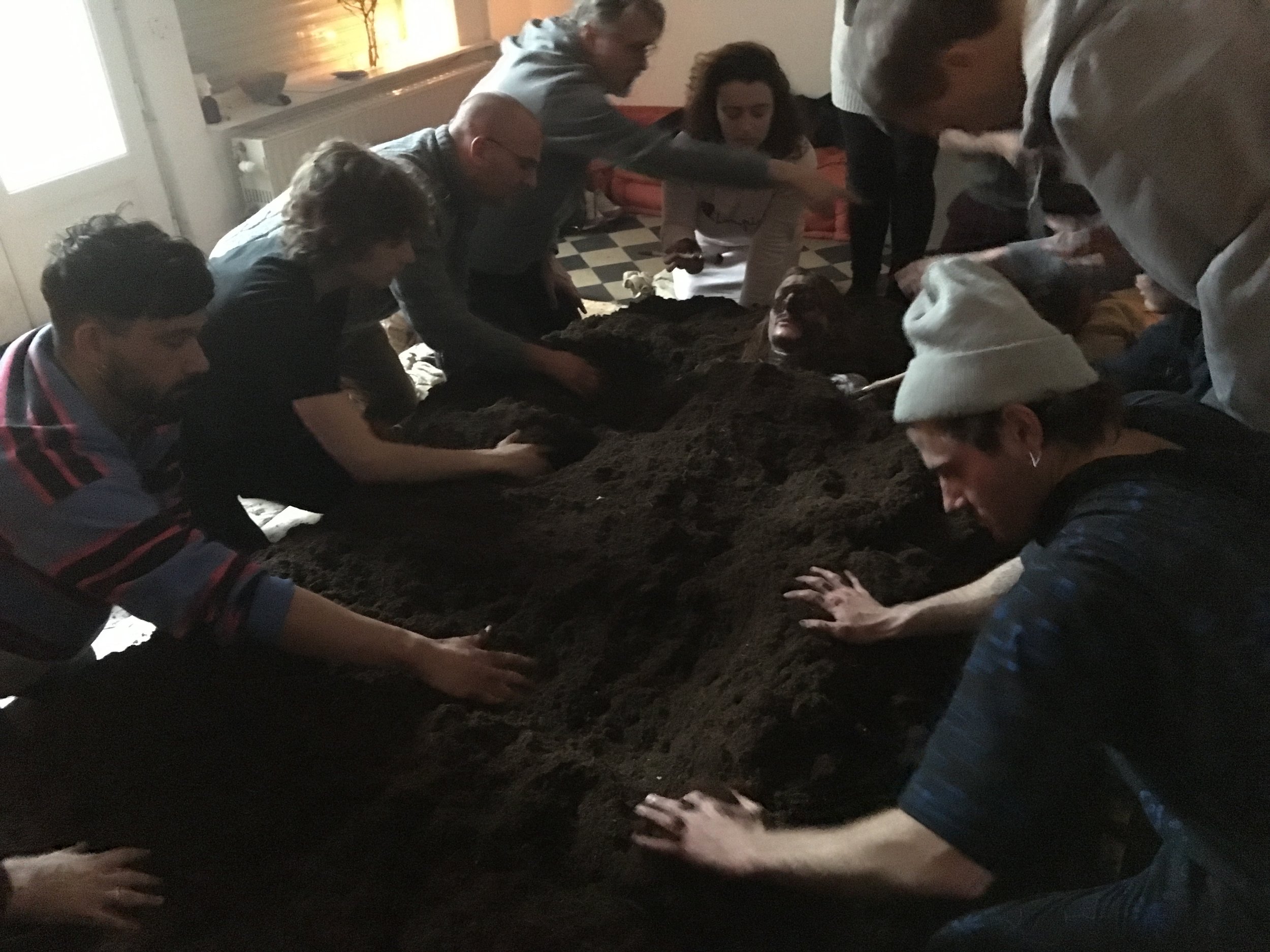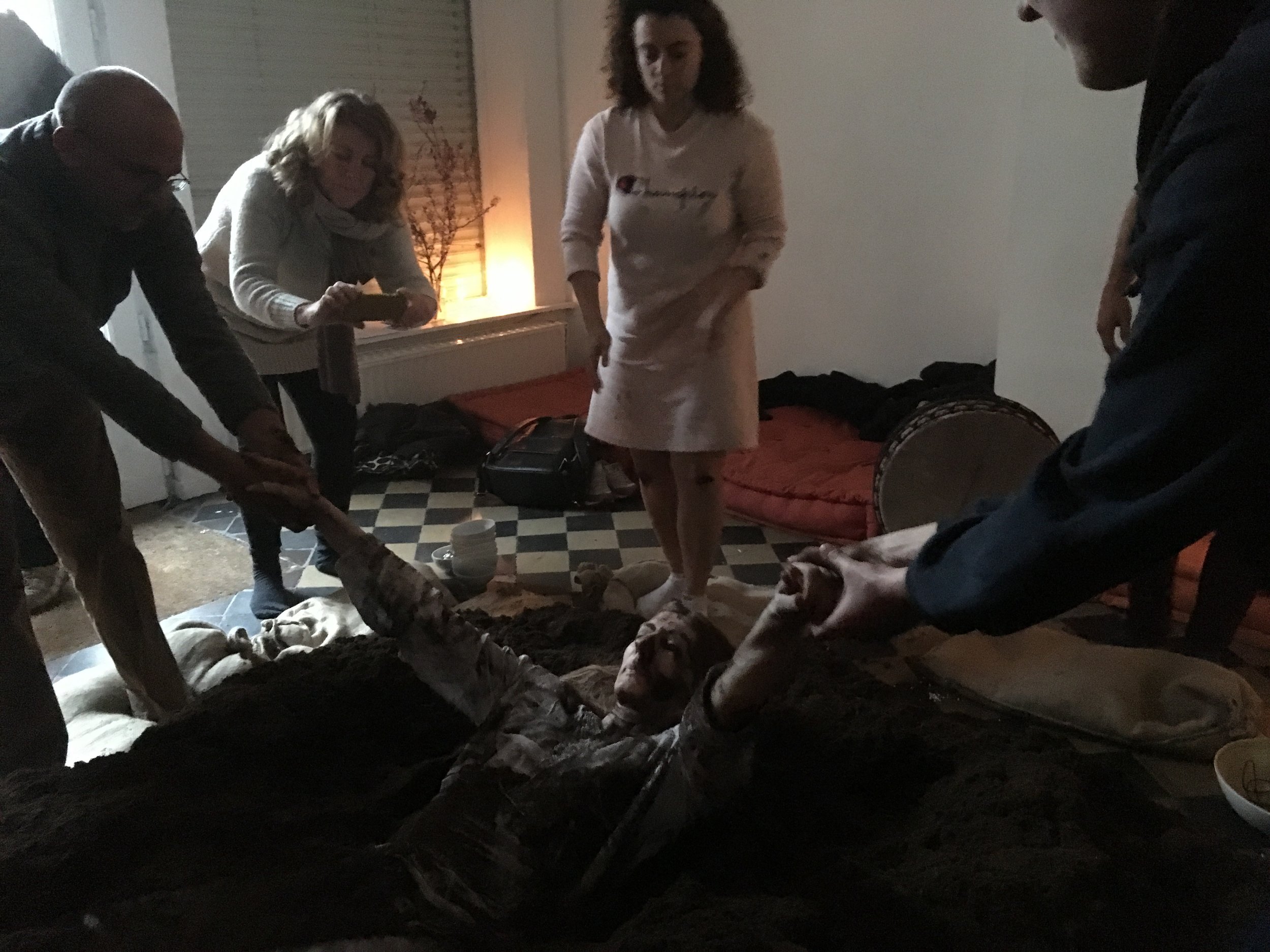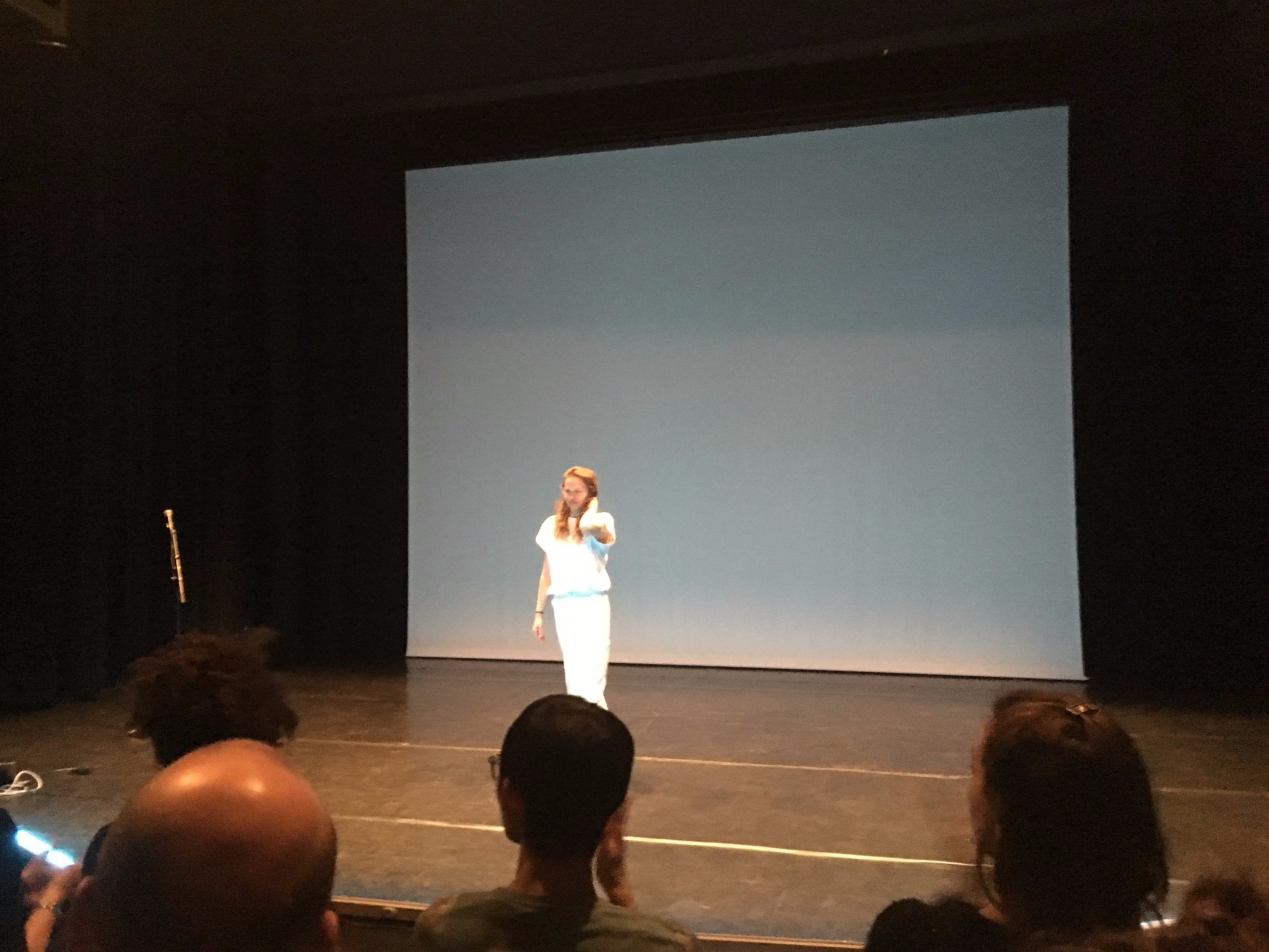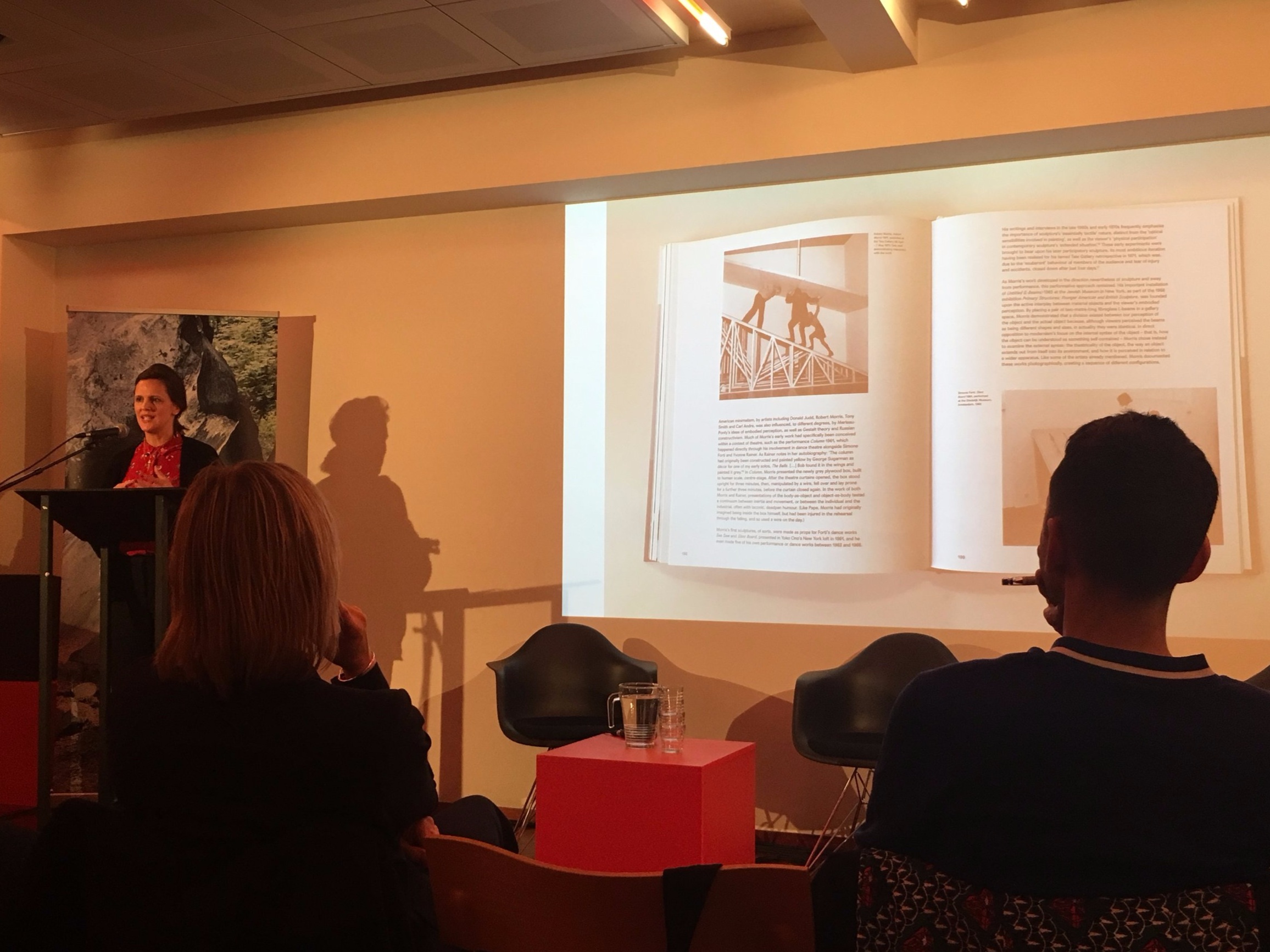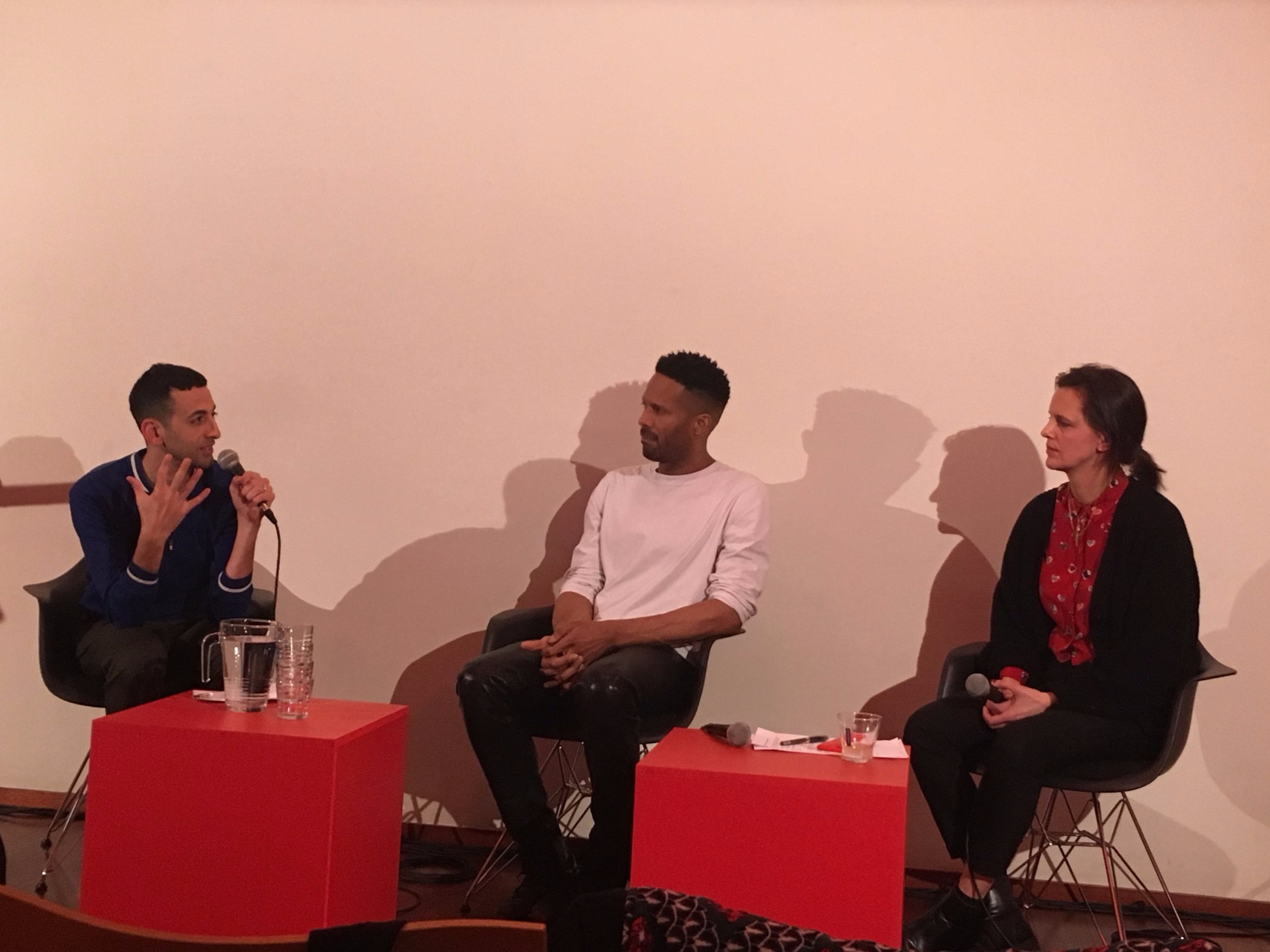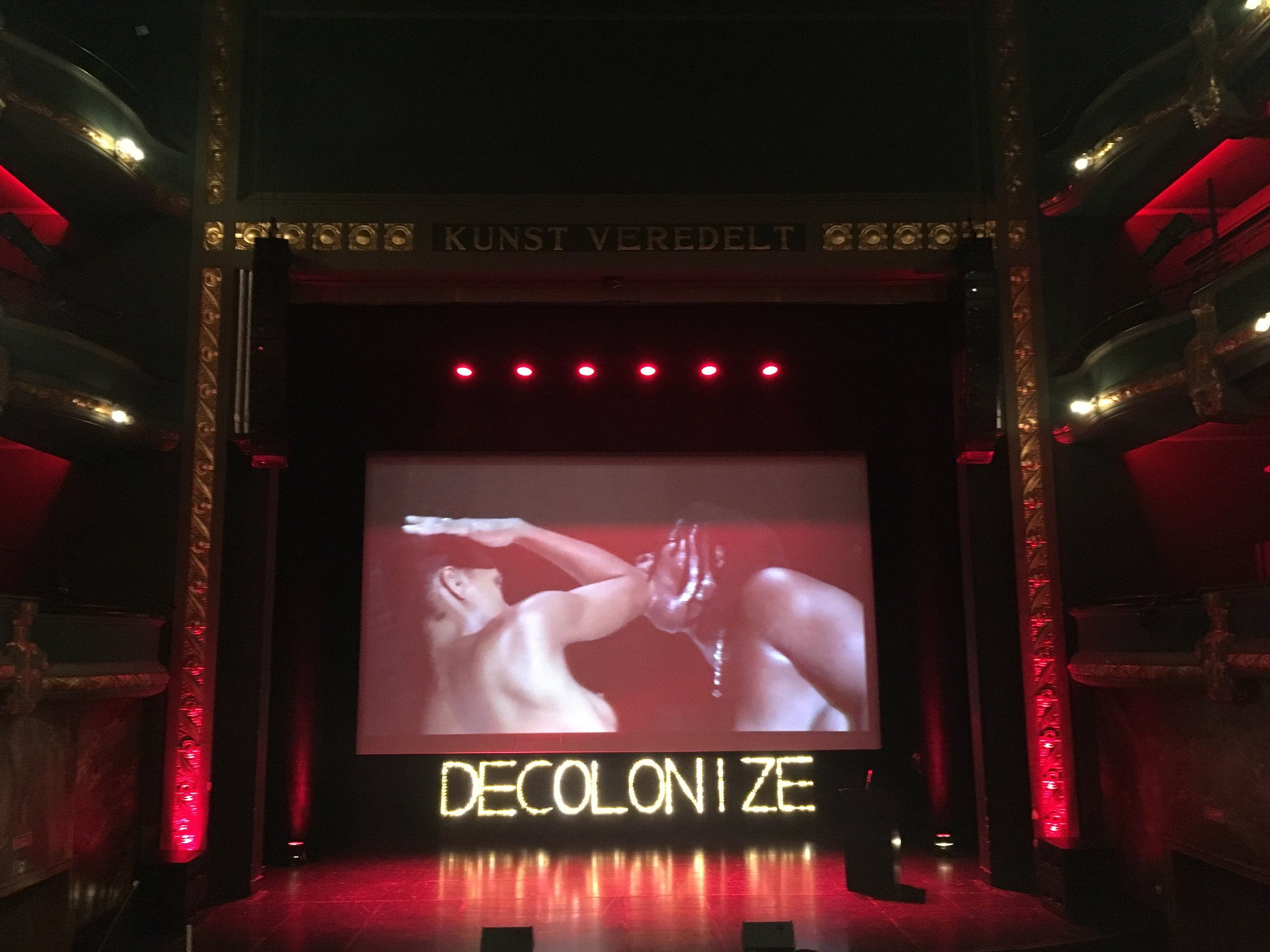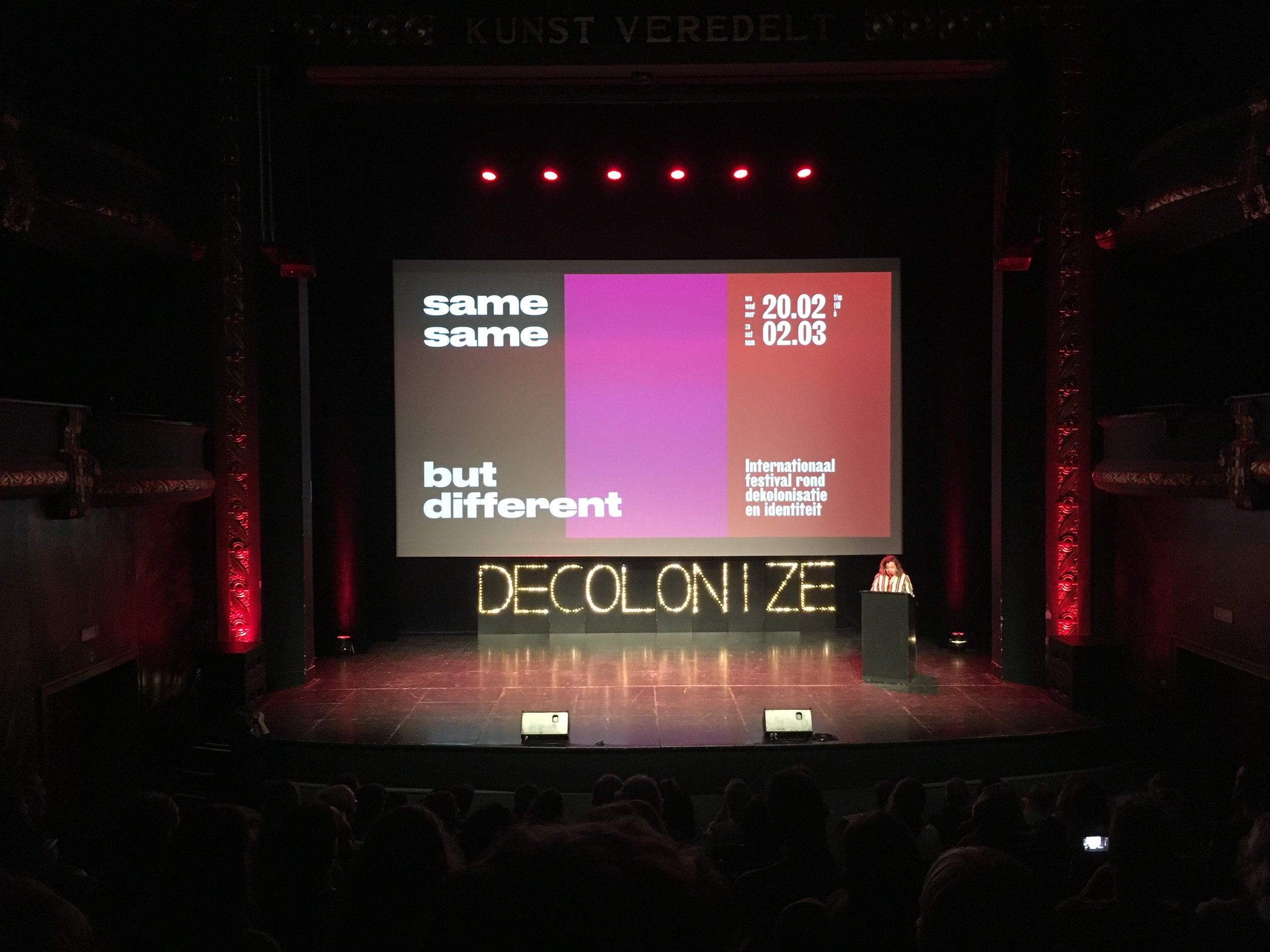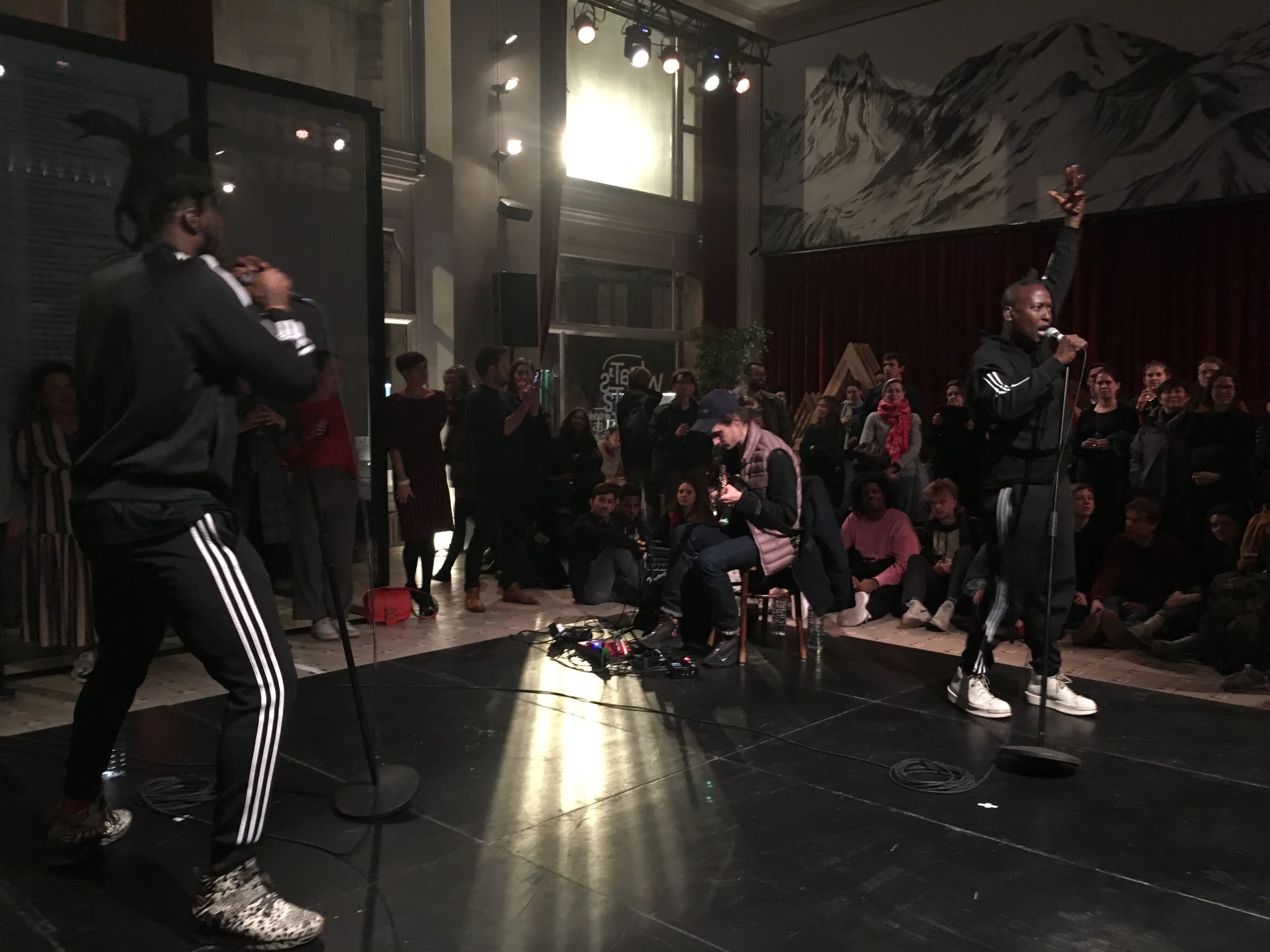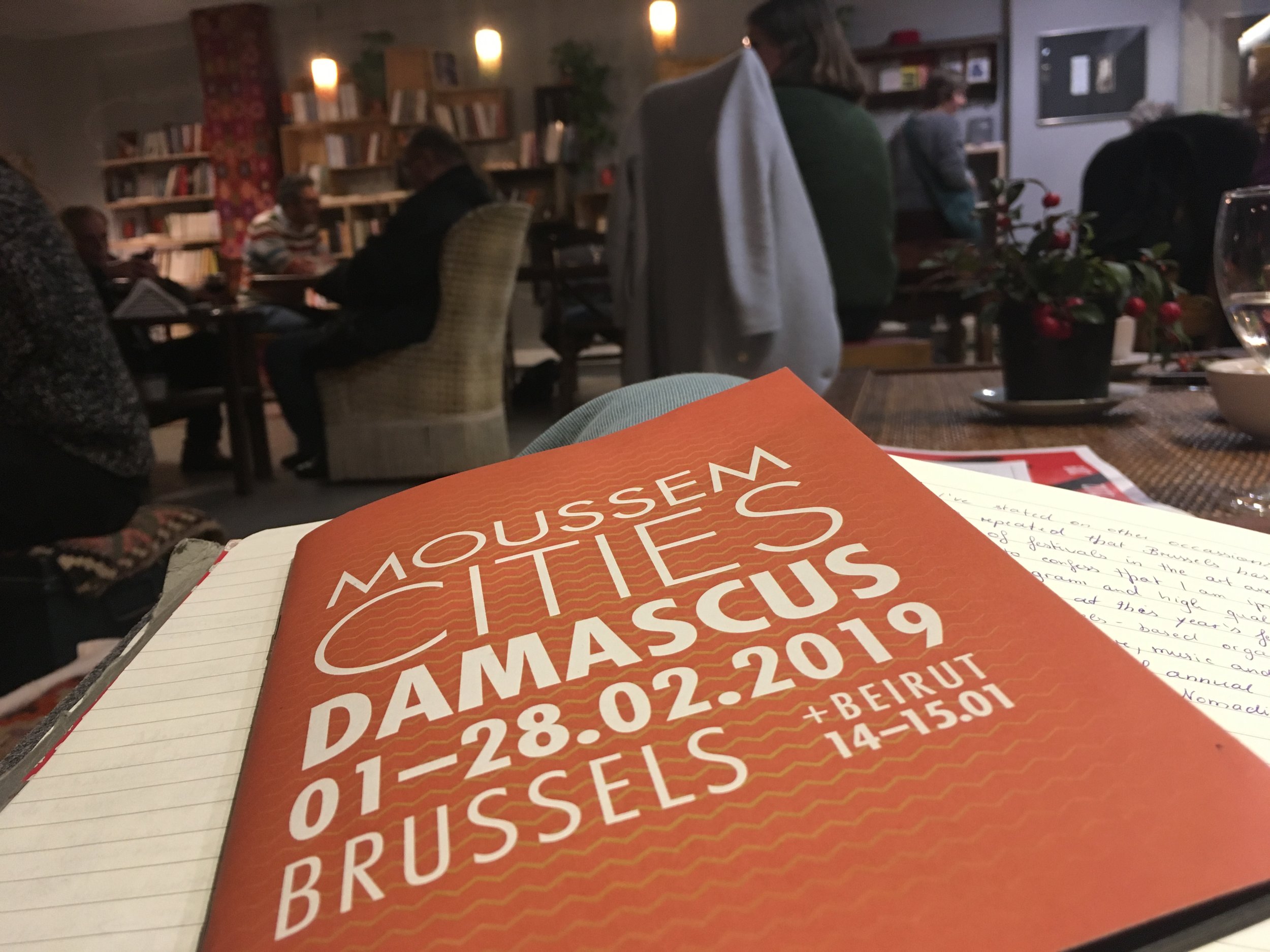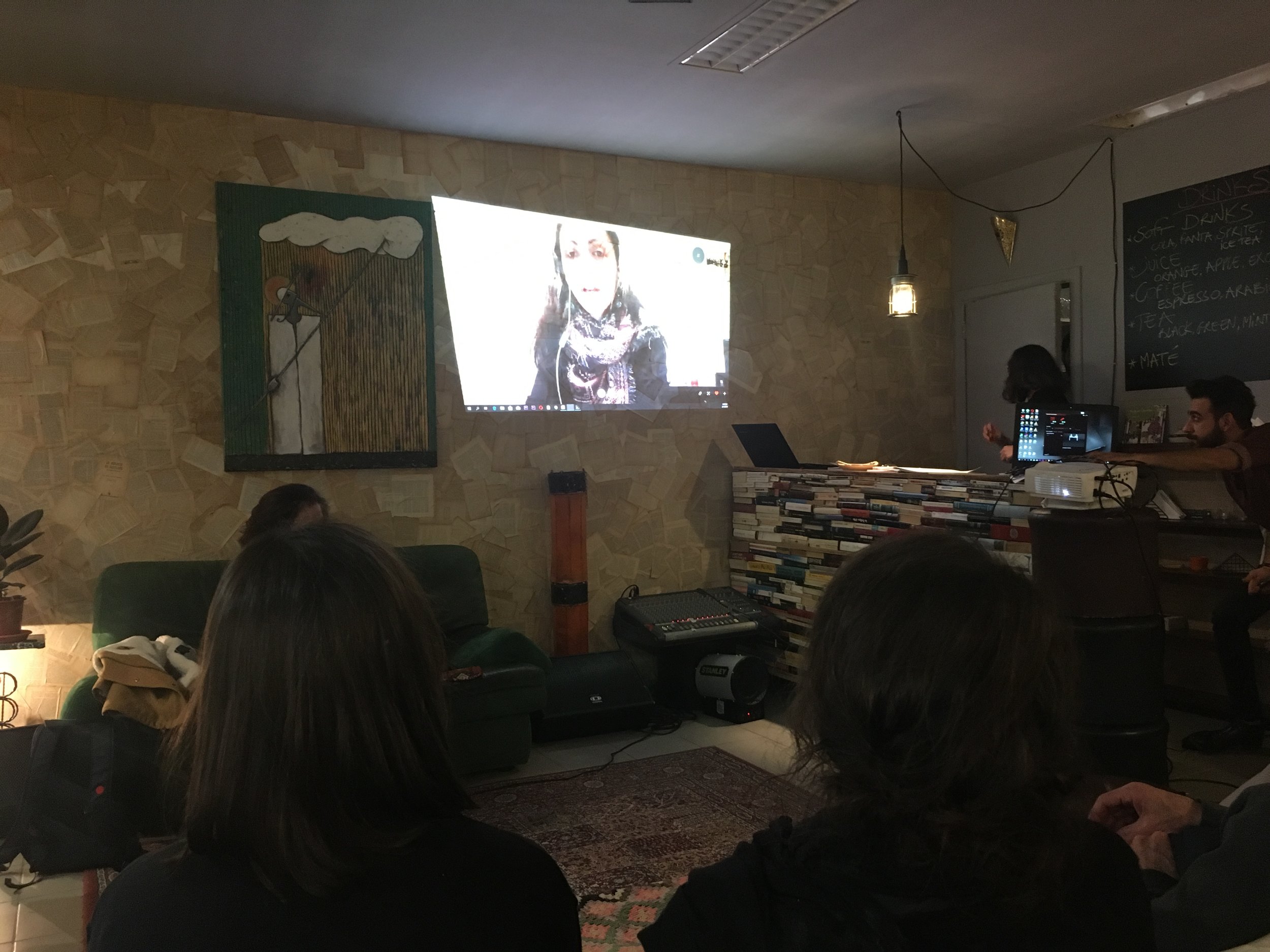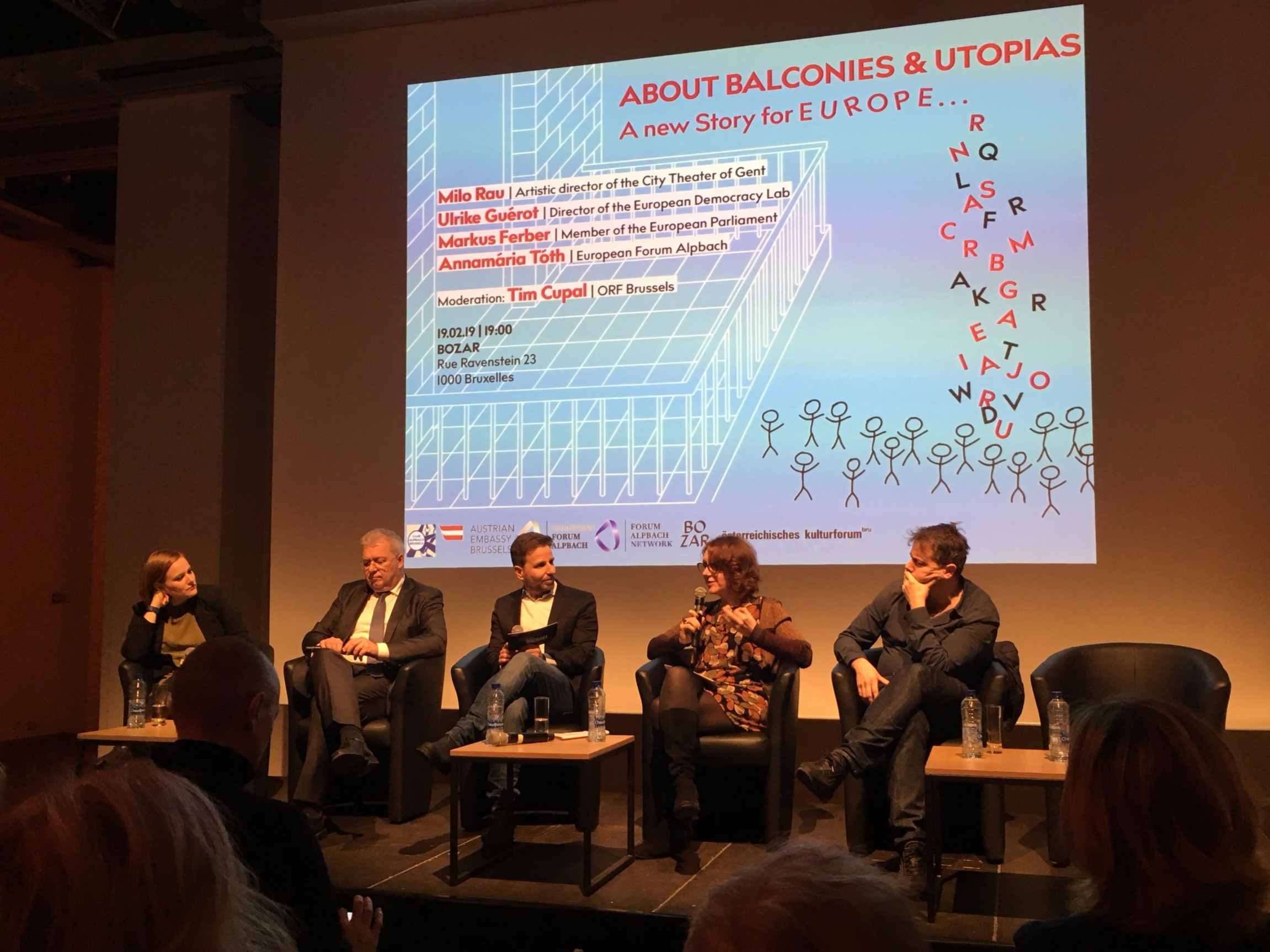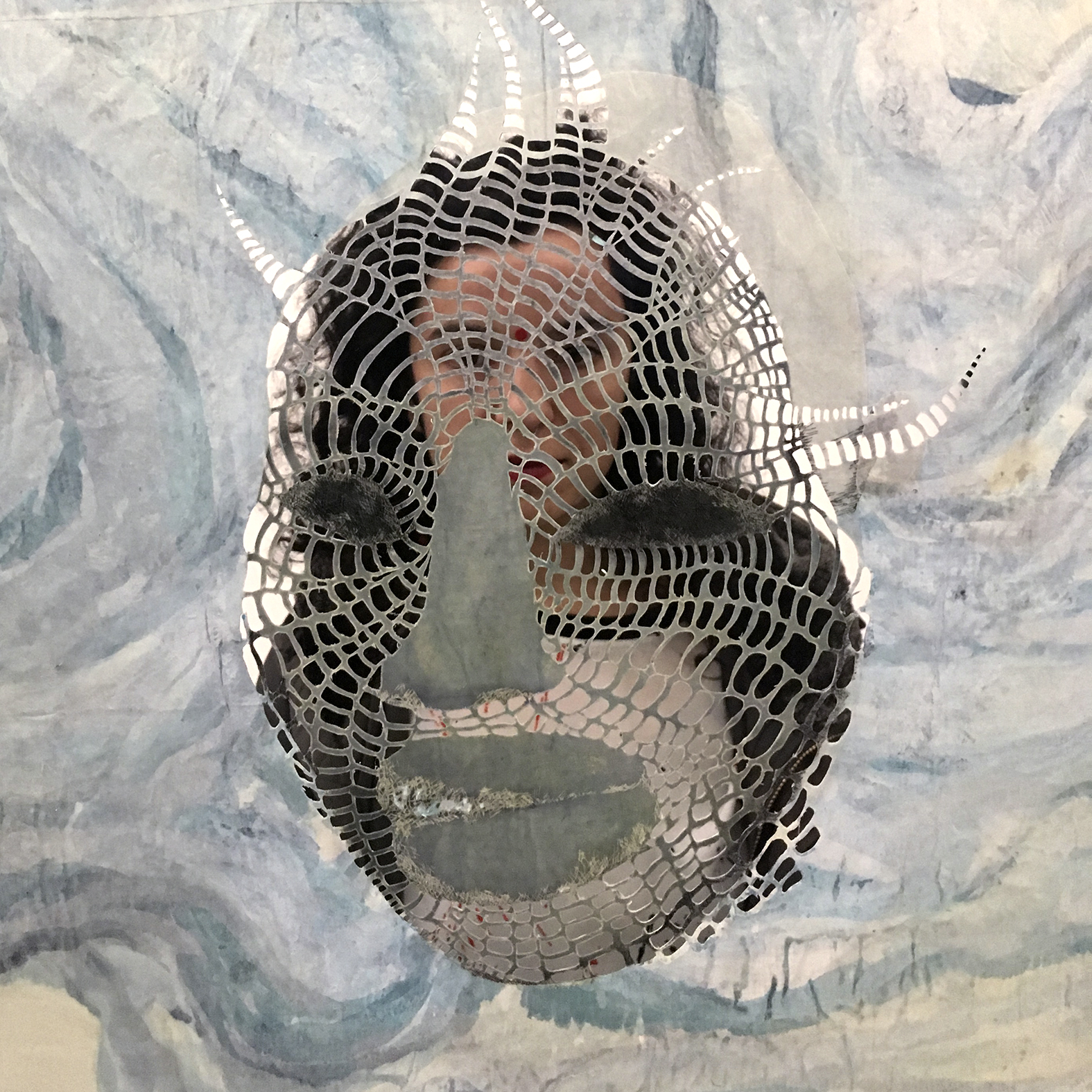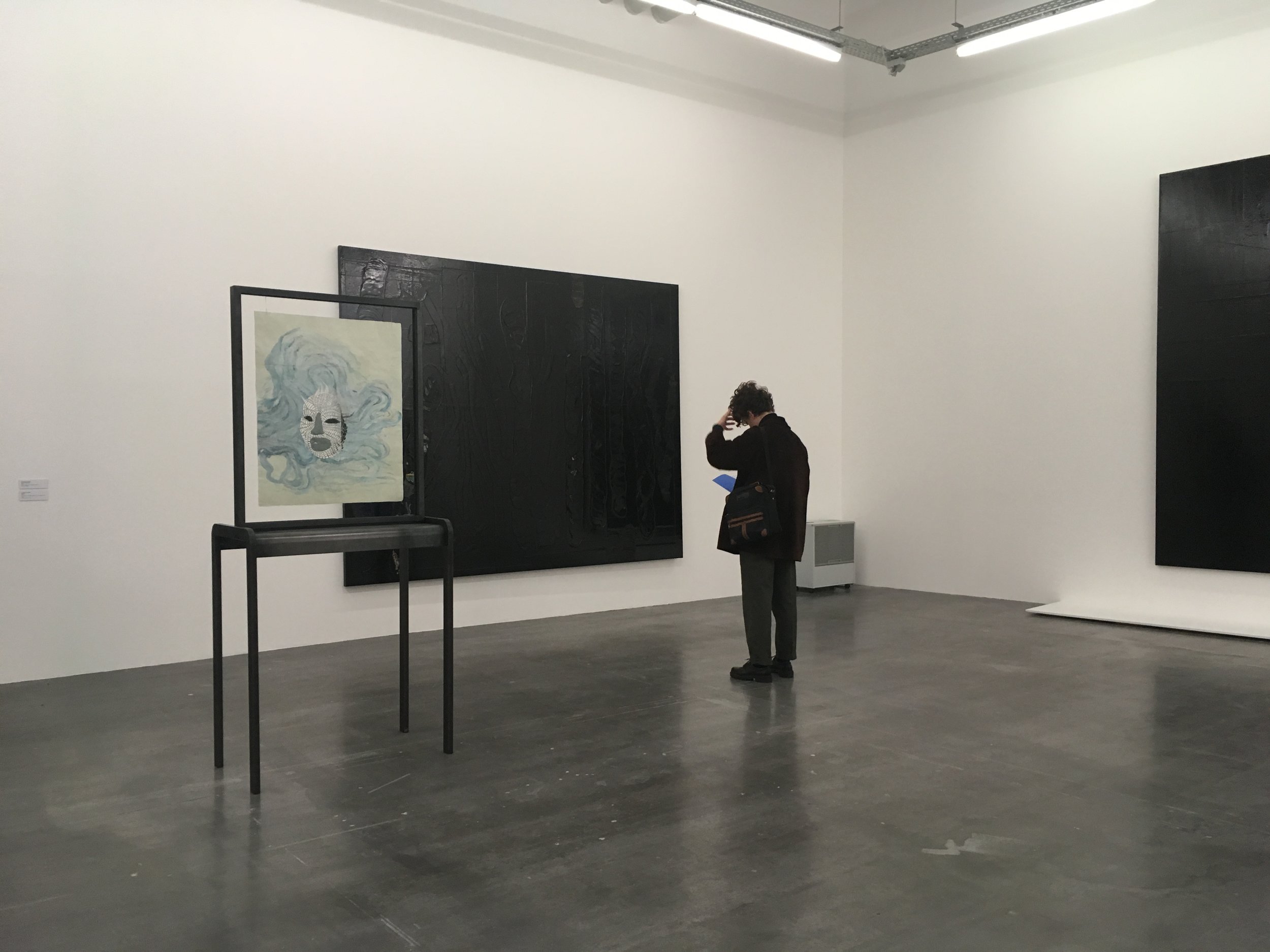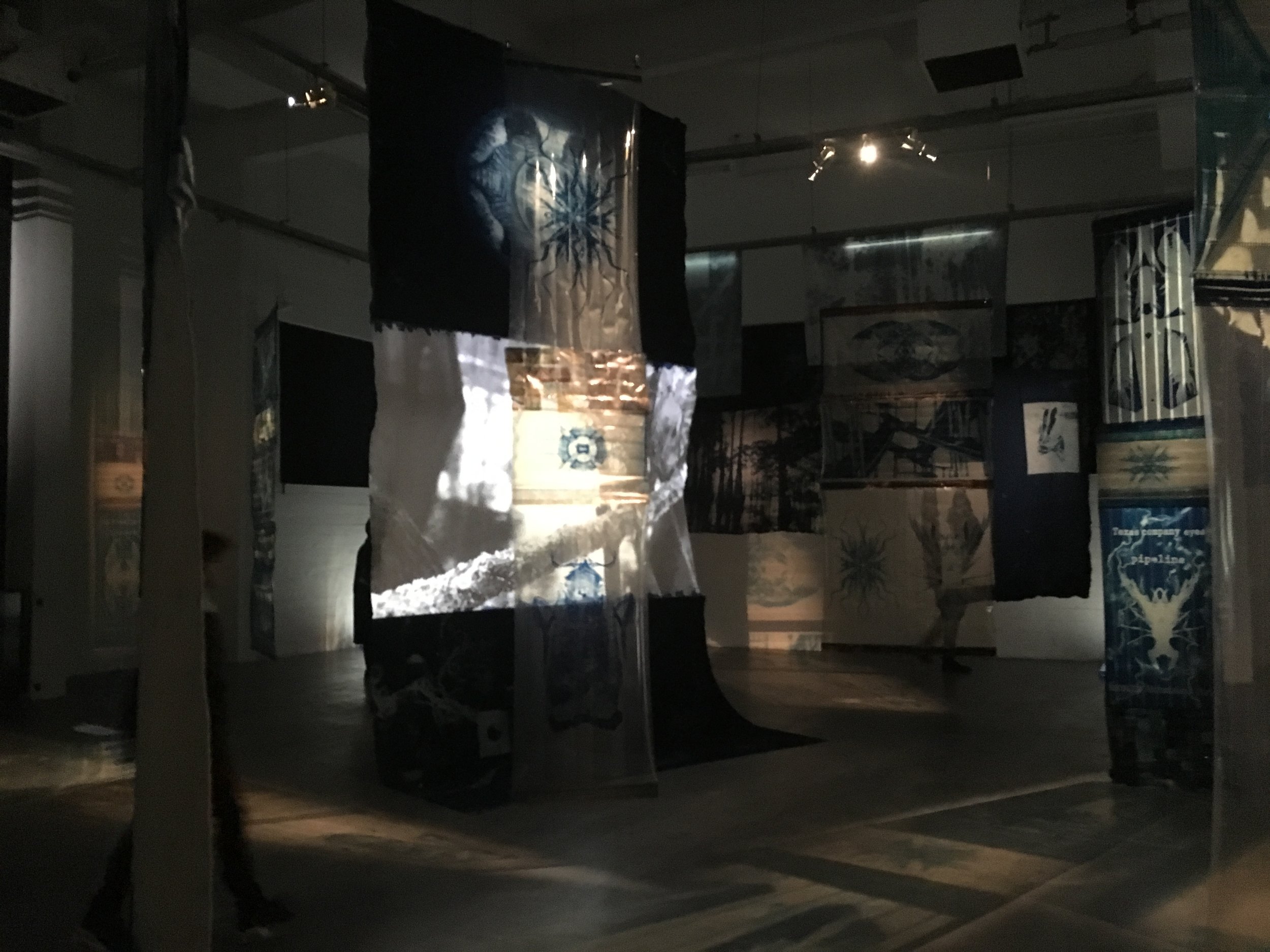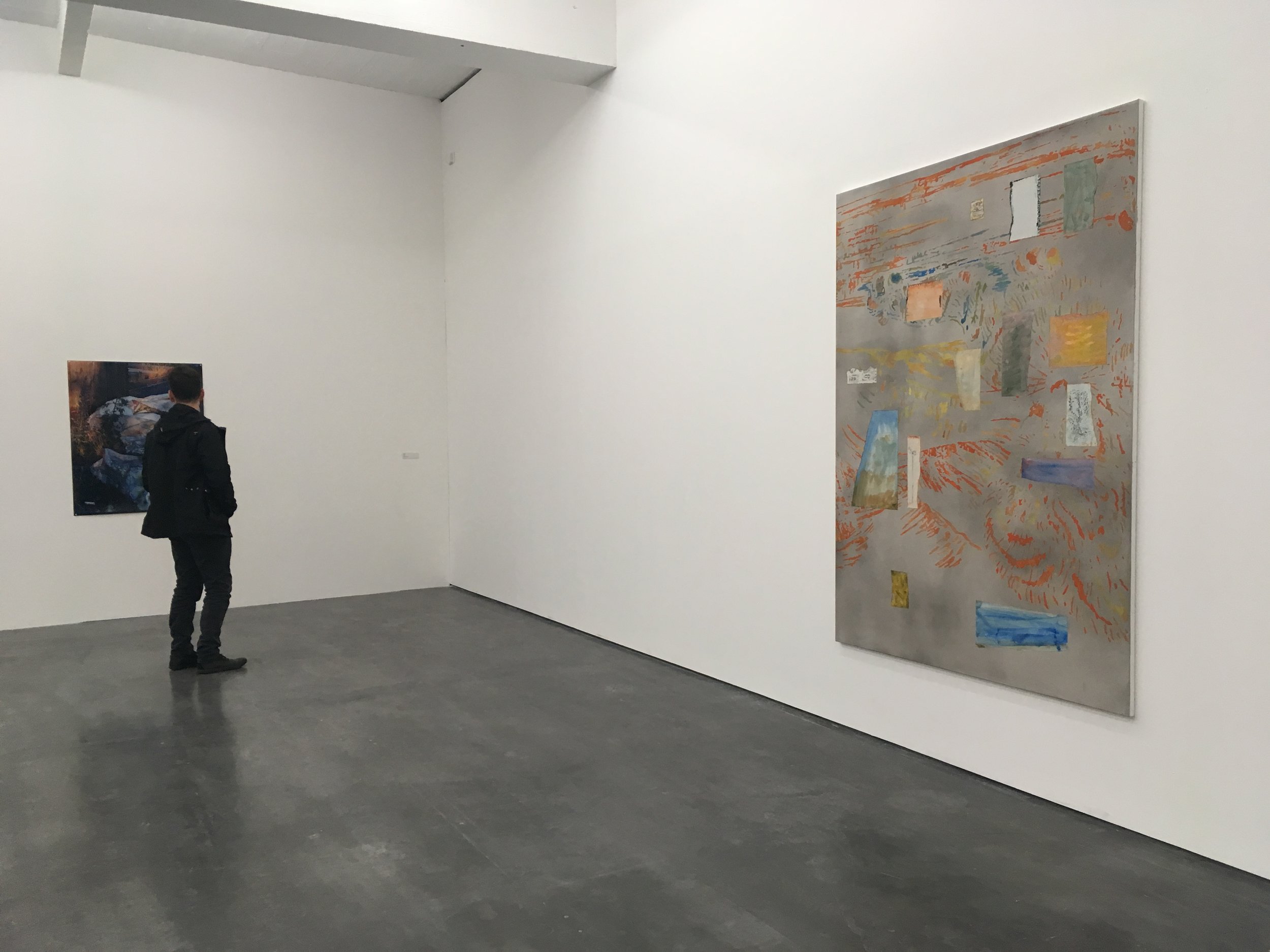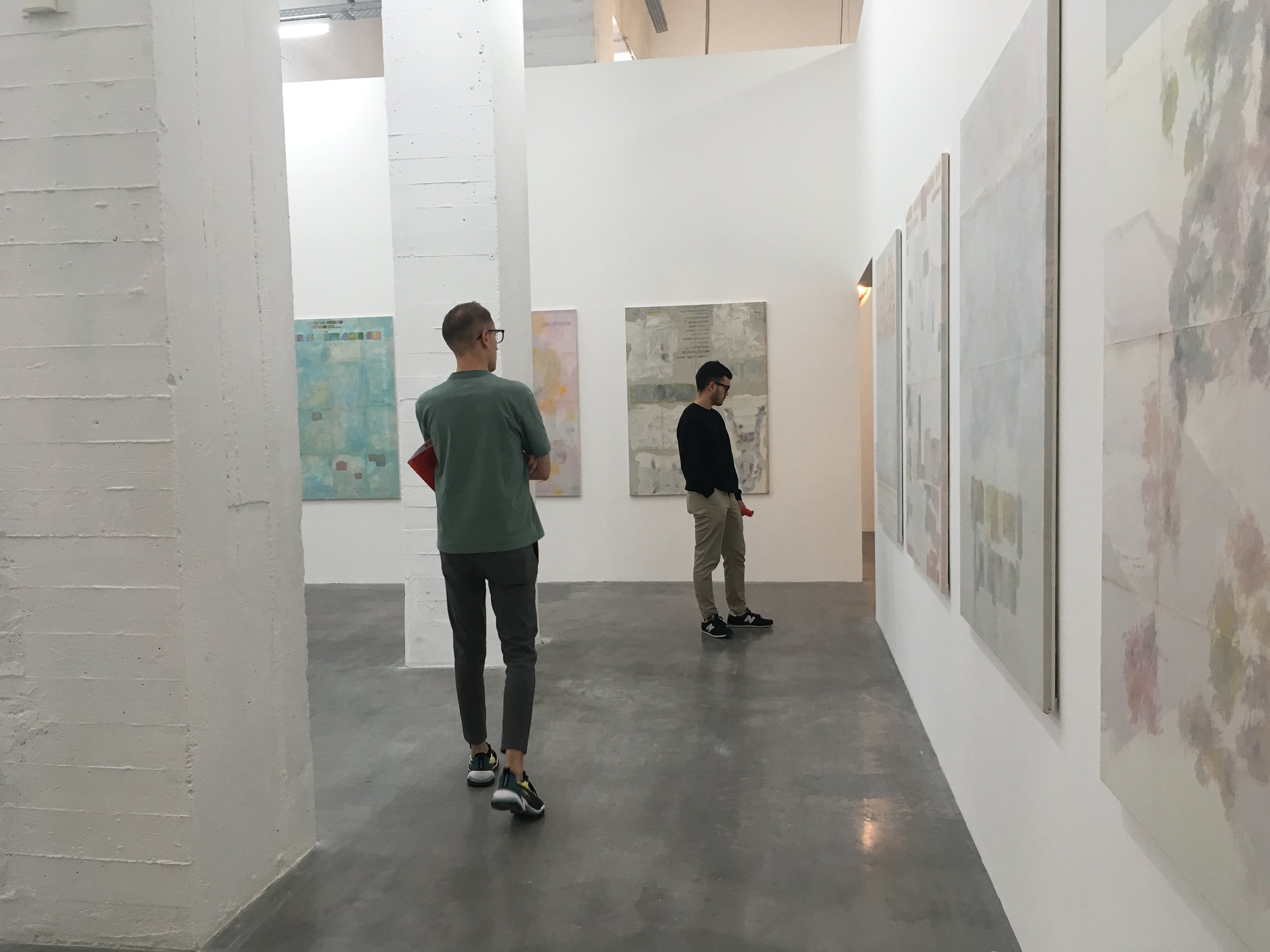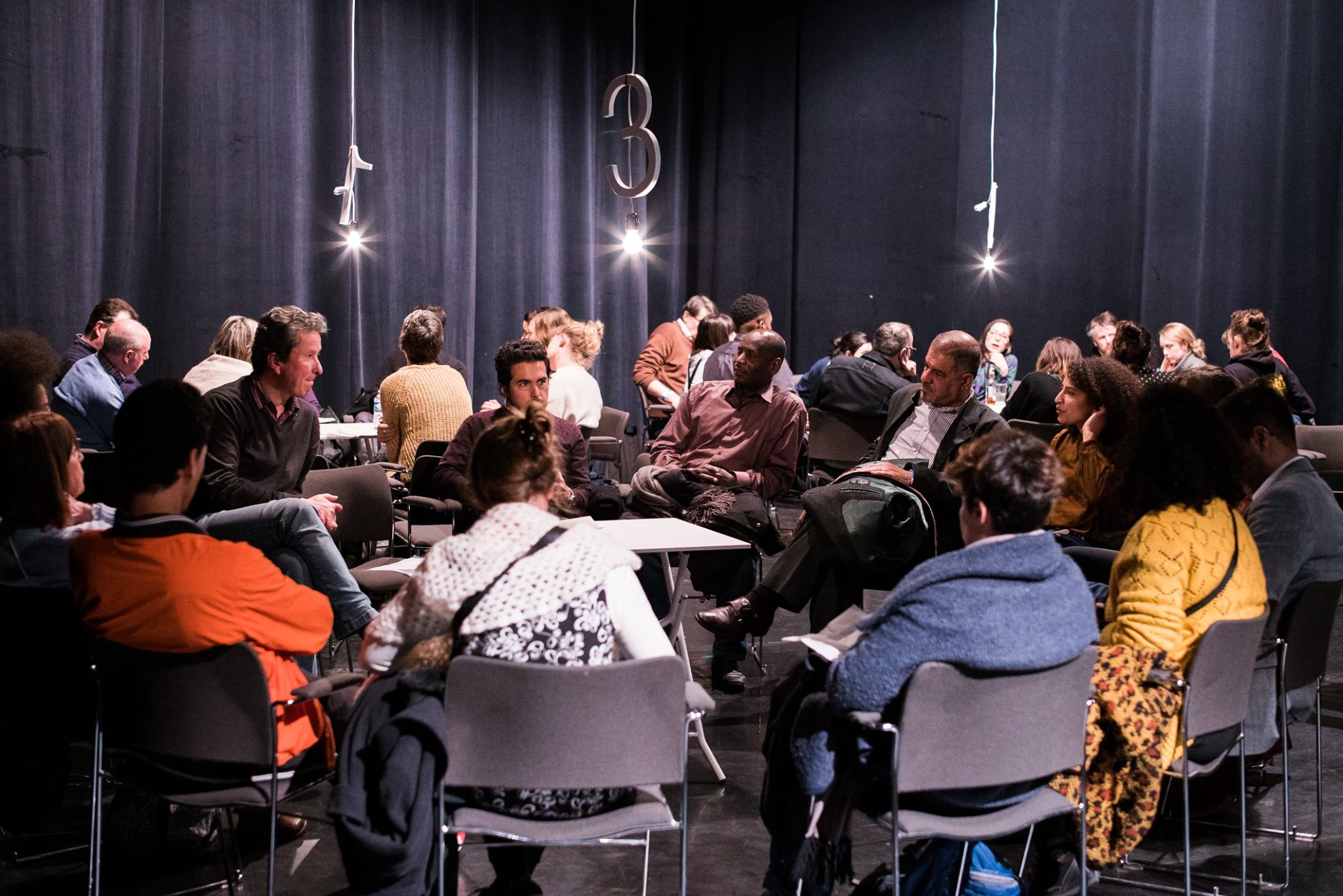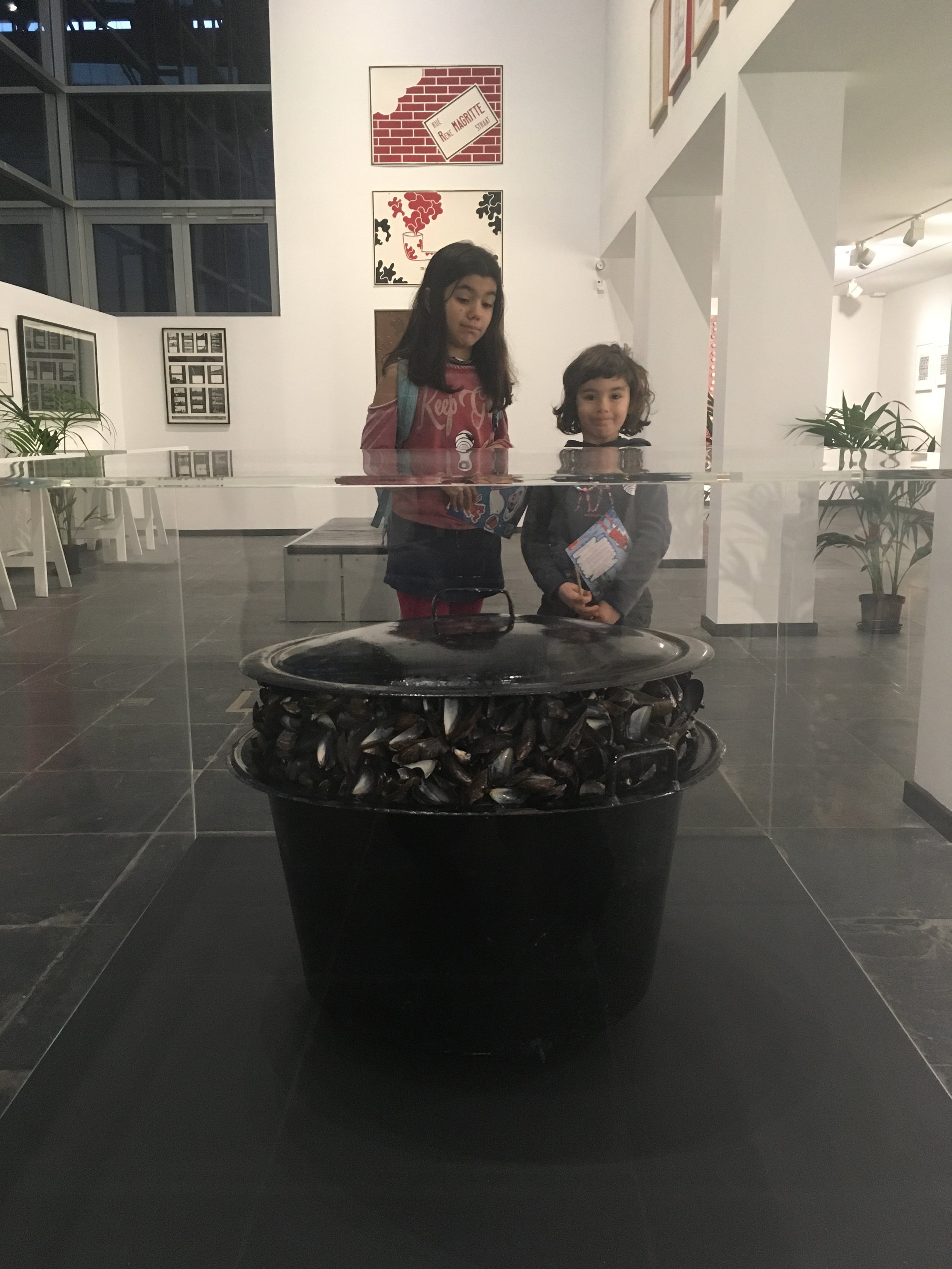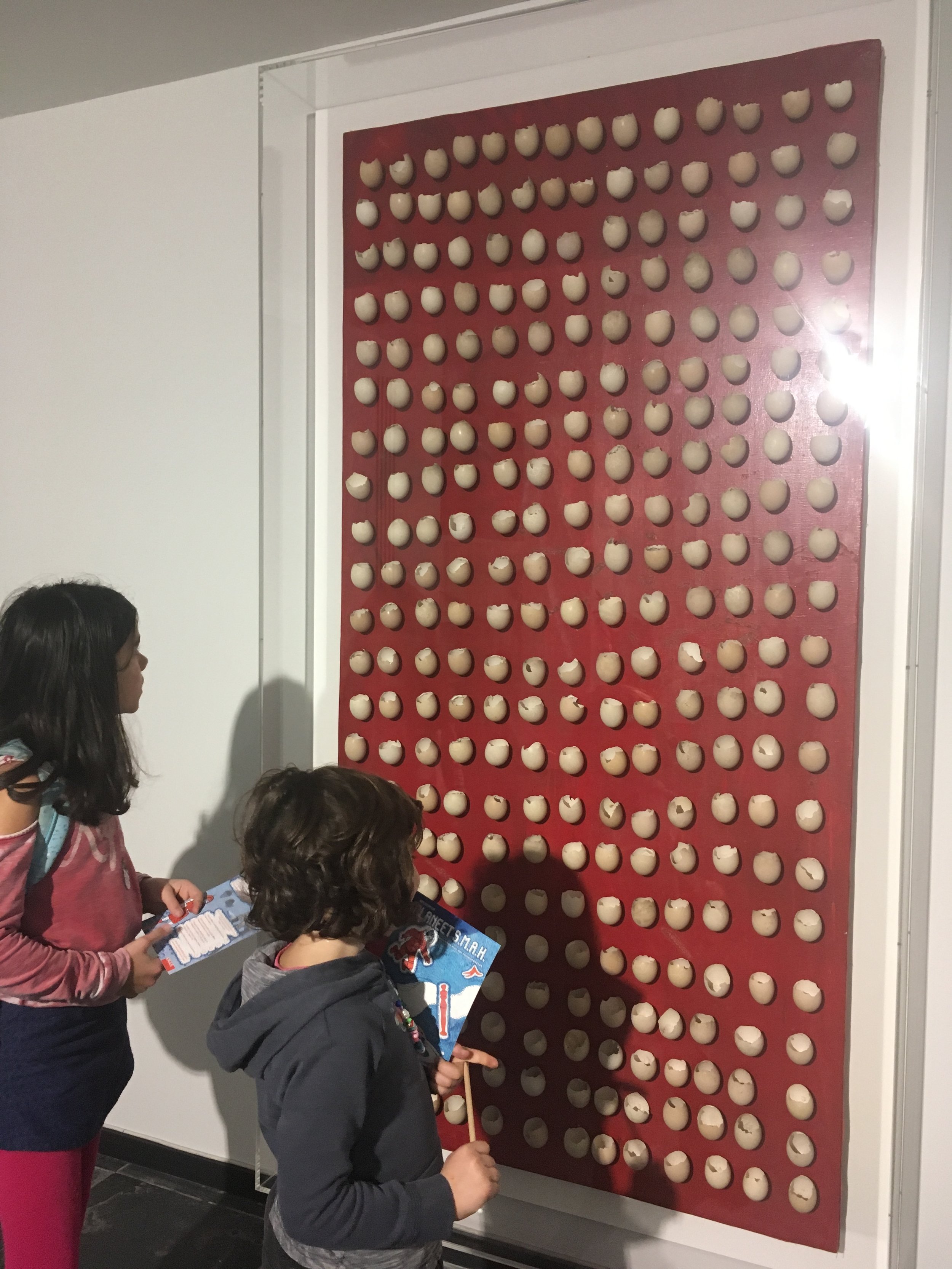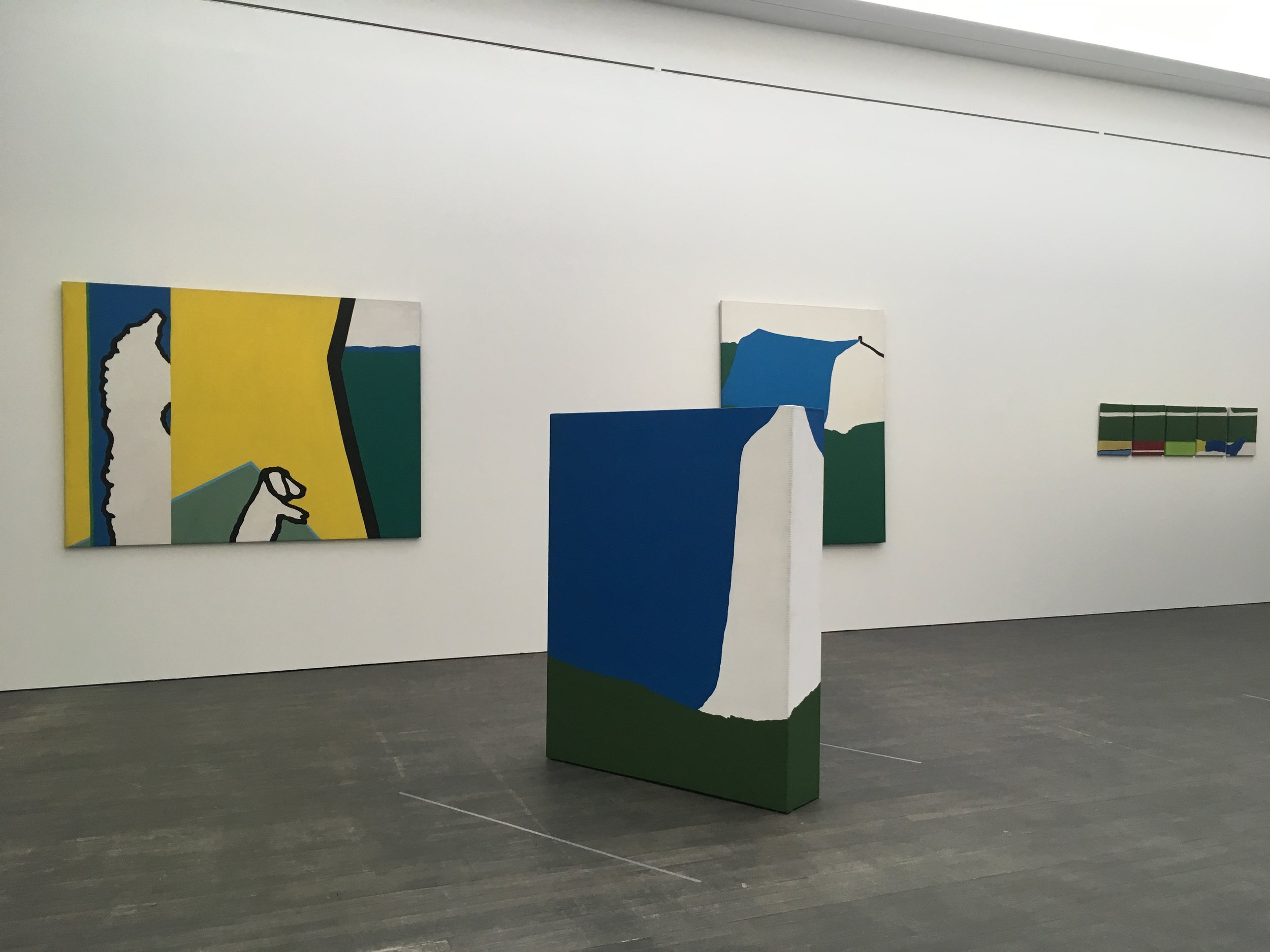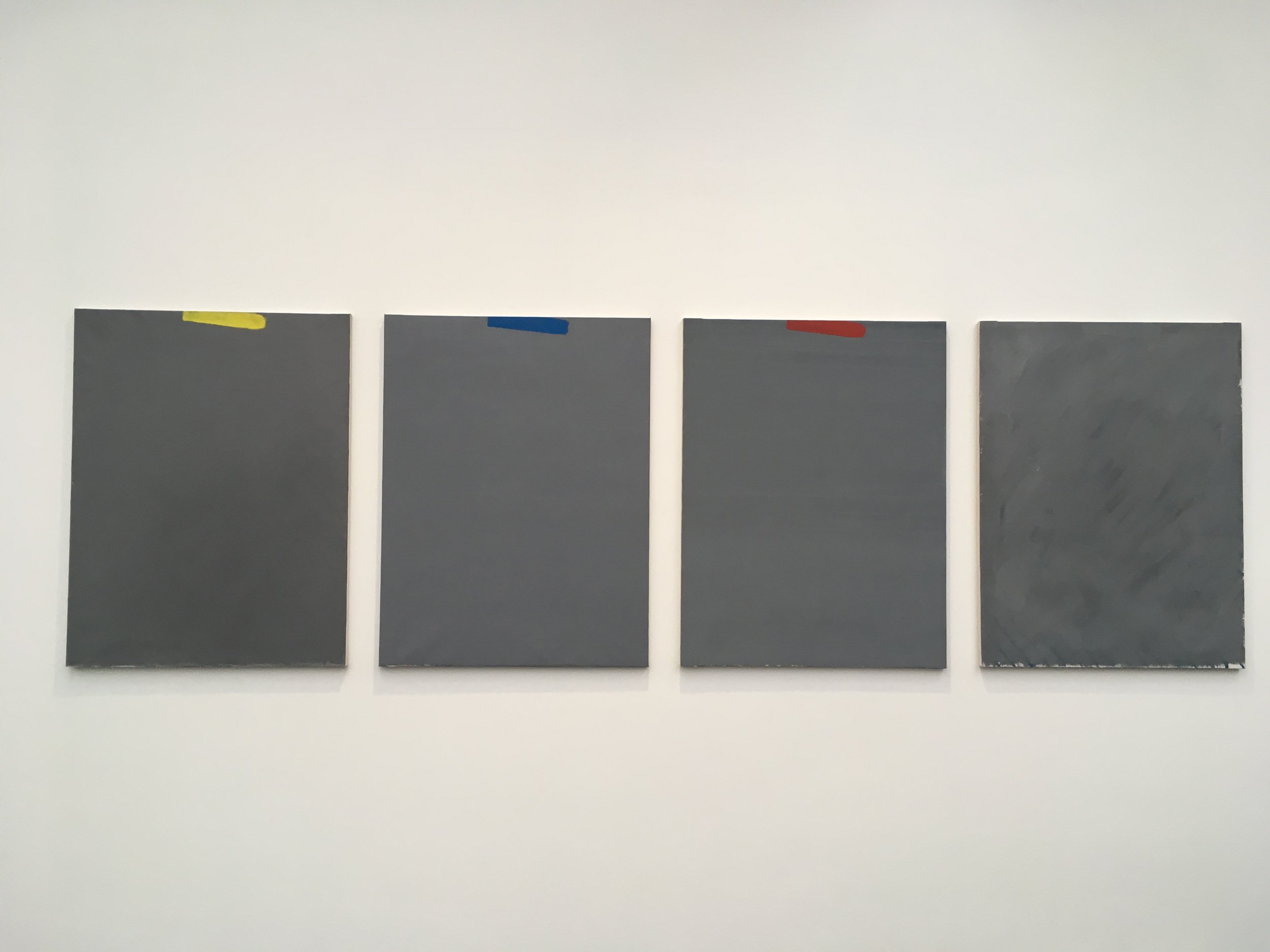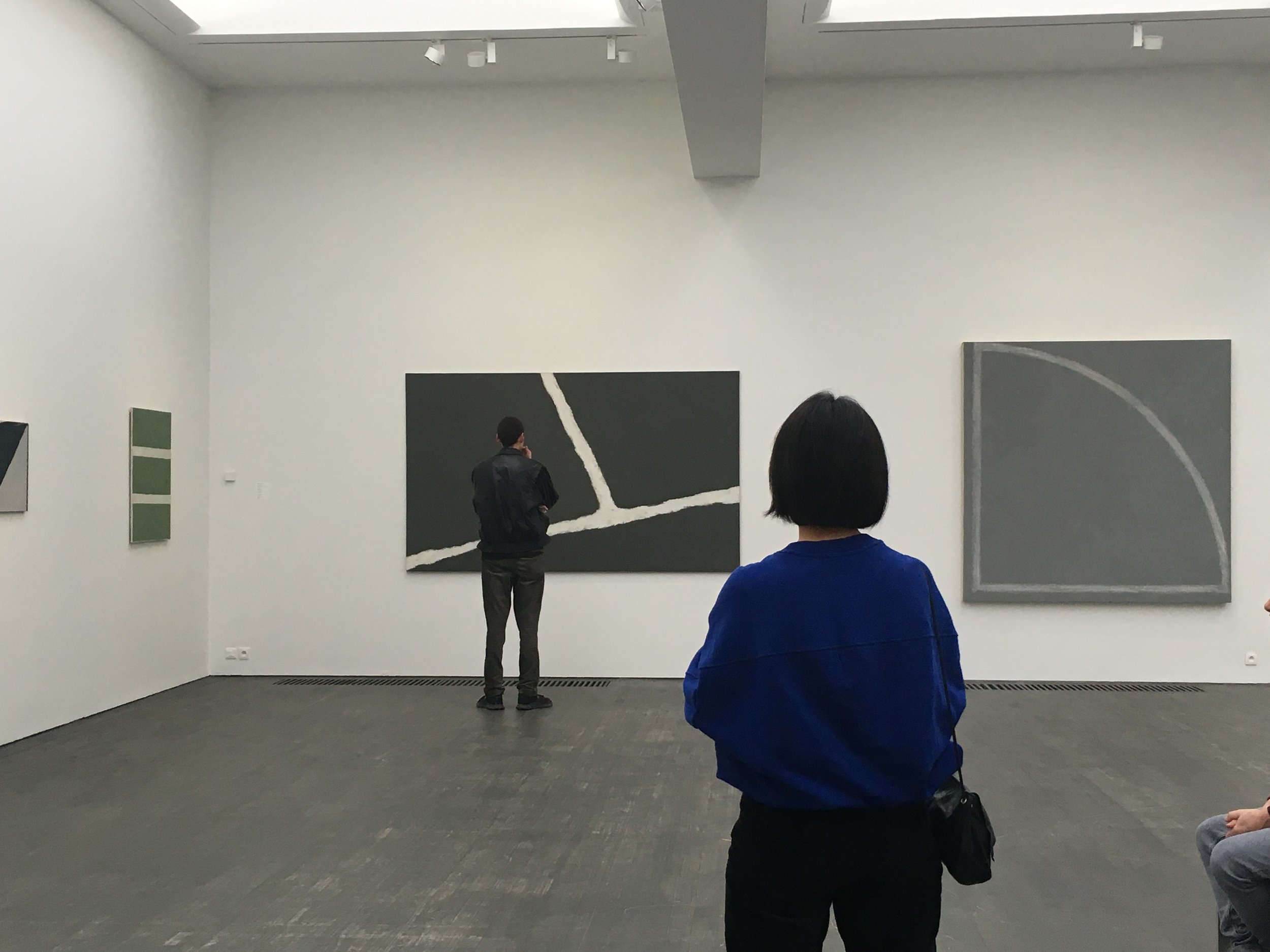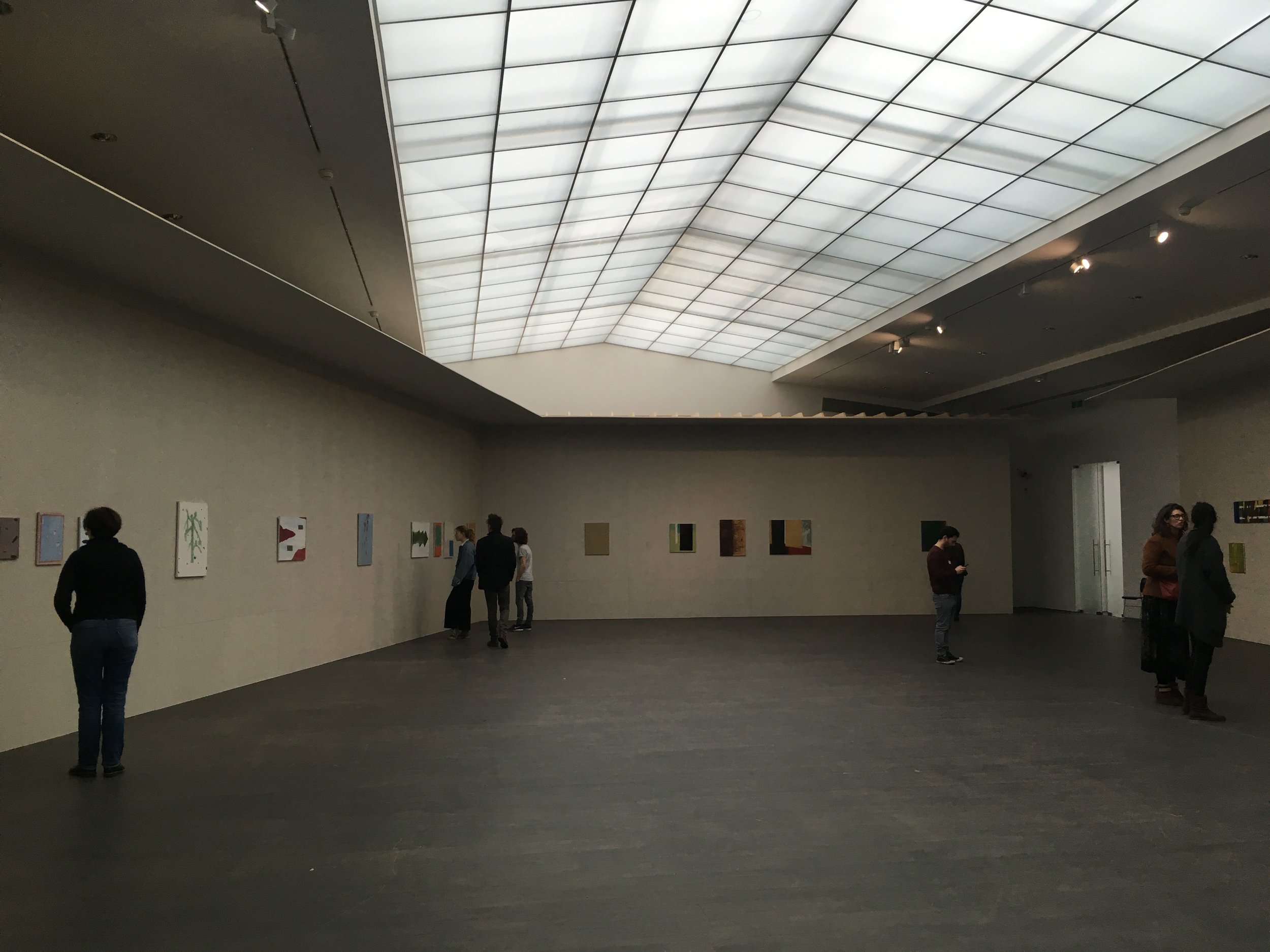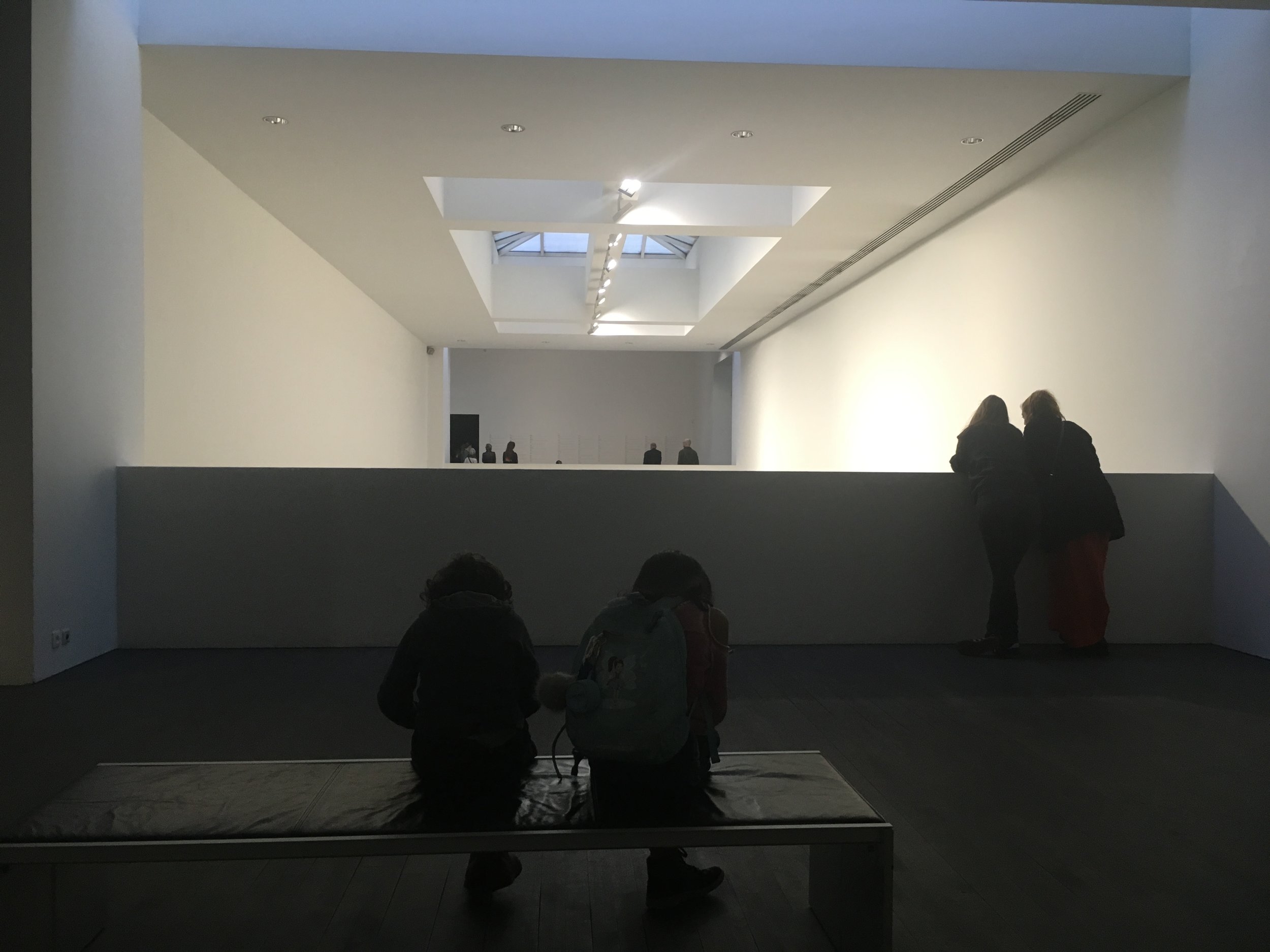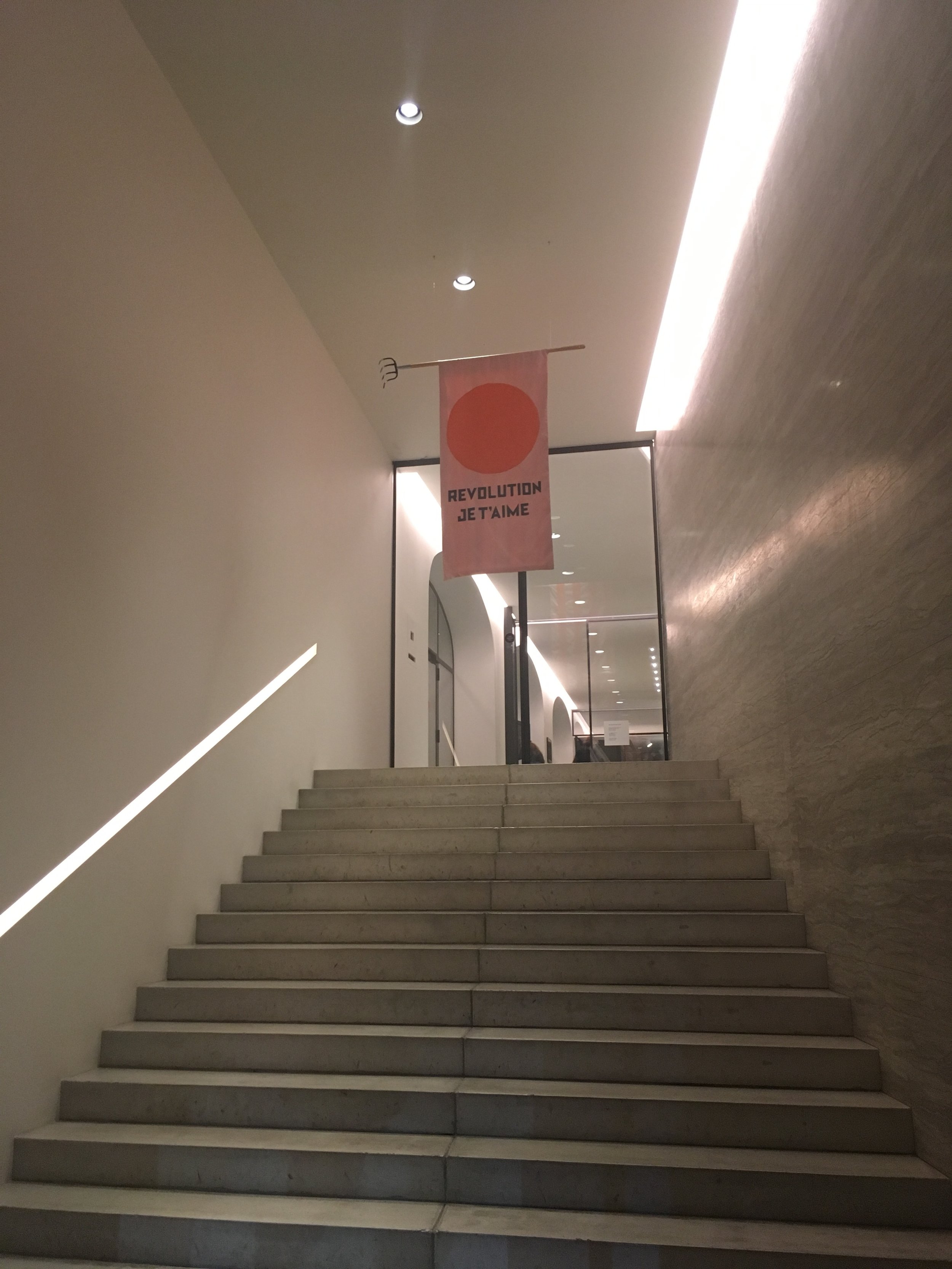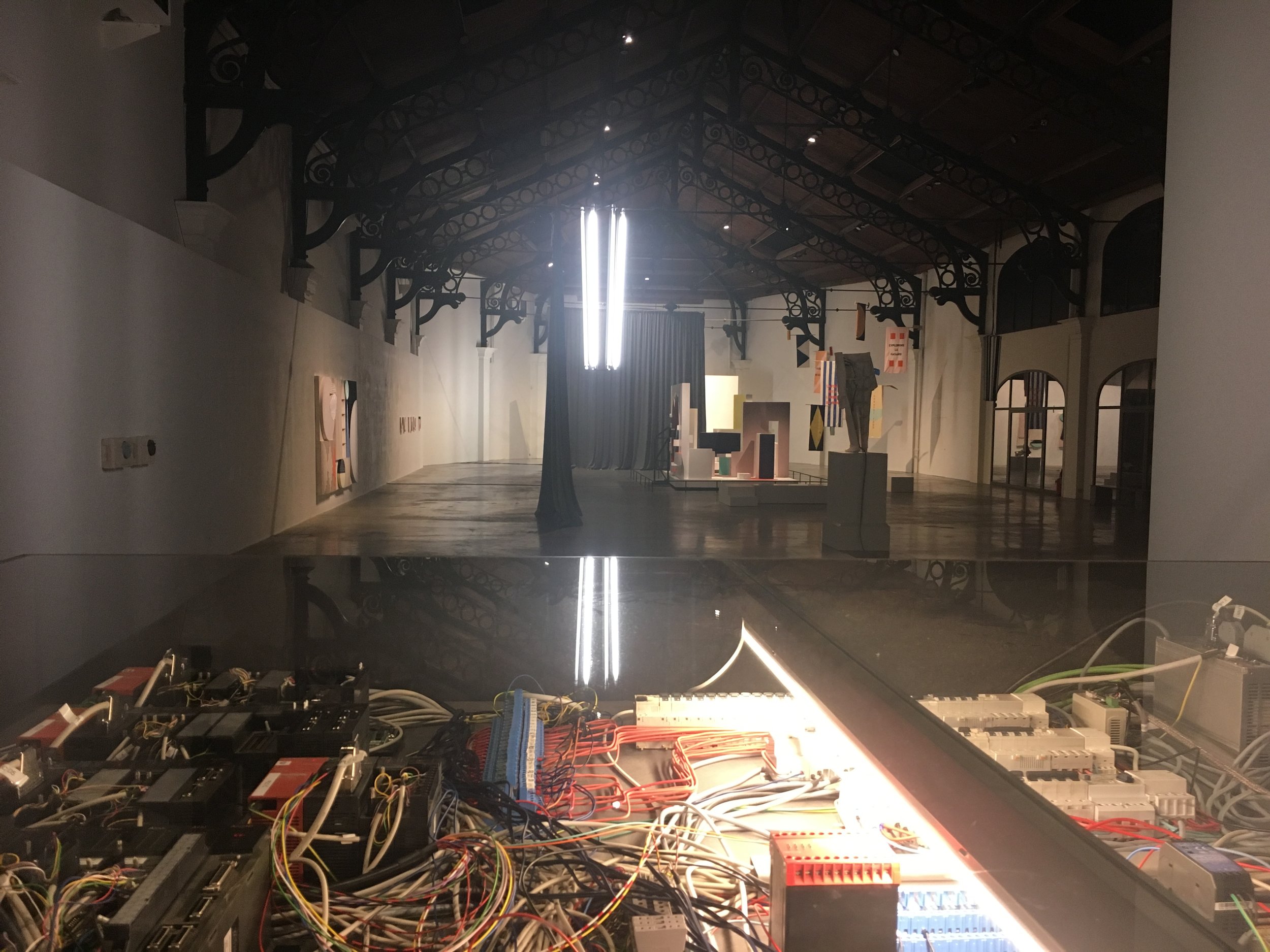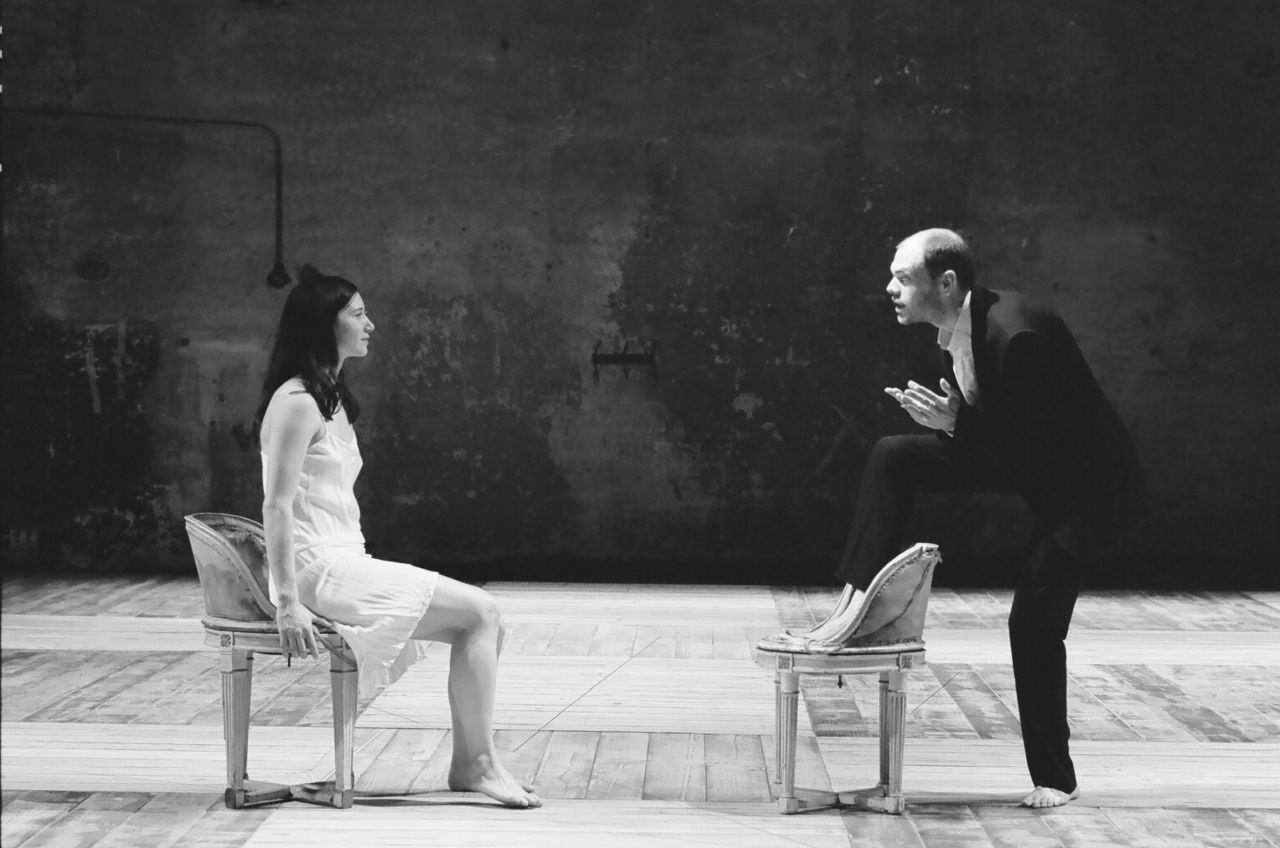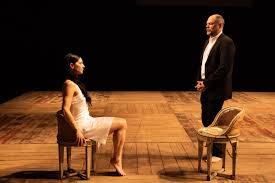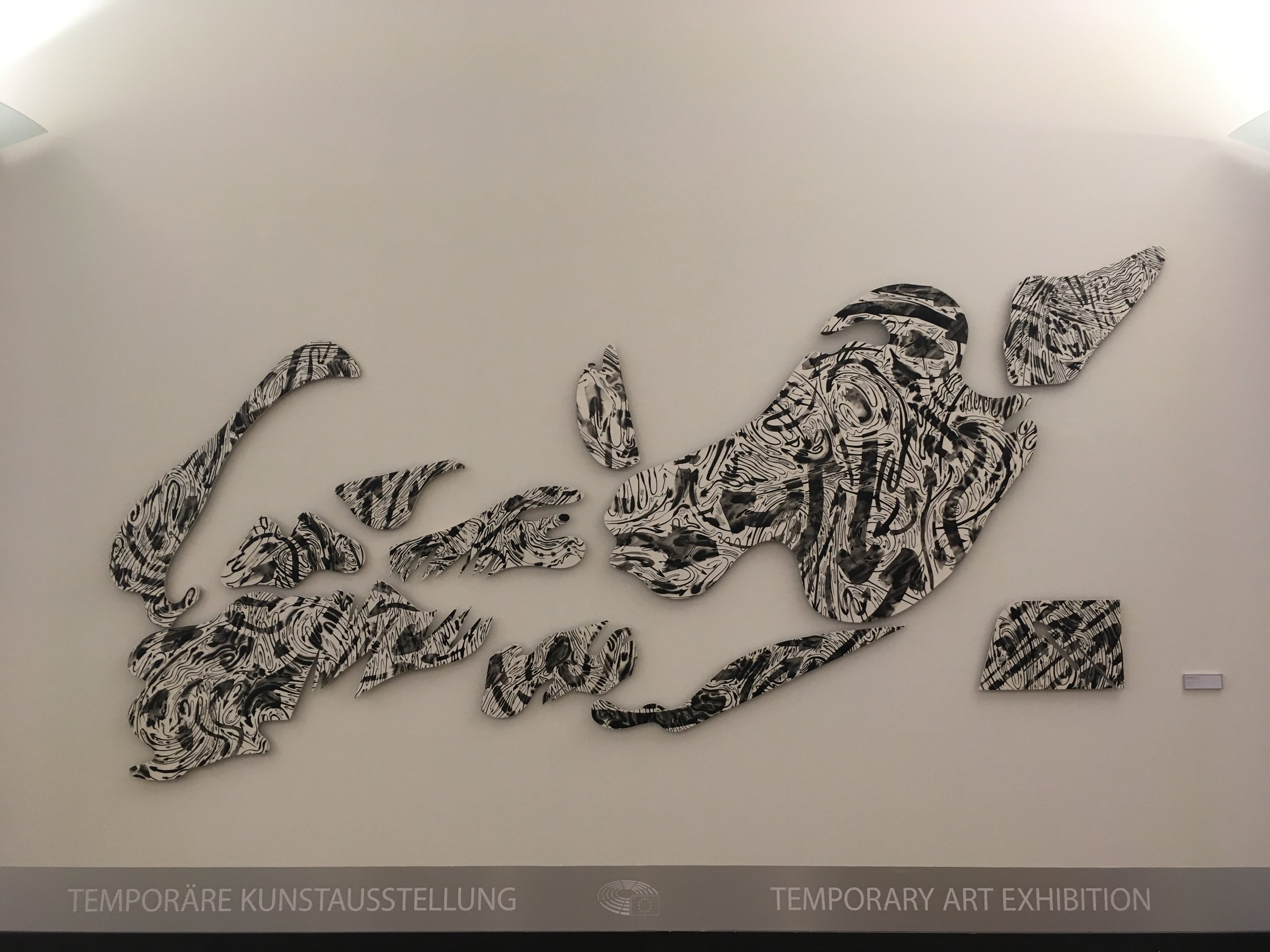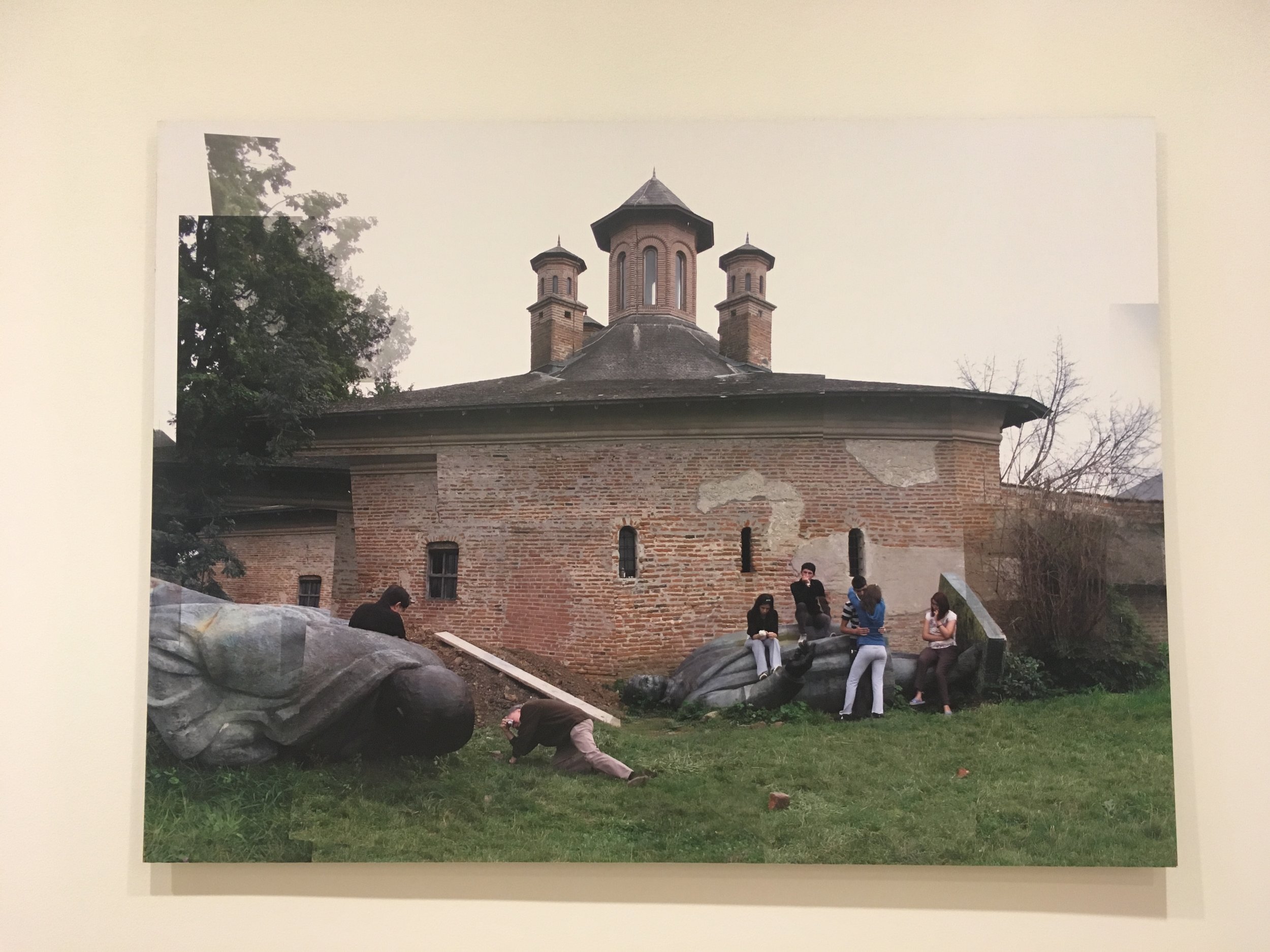Performance vs. Art vs. Performance, an ongoing discussion and the theme of the Opening Salon of this year’s Performatik. Yeah, I was so much looking forward to it and yesterday it was opened at Kaaitheater, THE BRUSSELS BIENNIAL OF PERFORMANCE ART.
For the Opening Salon, one out of seven conversations with artists, curators and academics within the biennial, Catherine Wood (Tate Modern performance curator), Jimmy Robert (performance artist) and Daniel Blanga Gubbay (artistic direction of kunstenfestivaldesarts) talked about Performance in contemporary art, also the title of the publication Wood has been giving an introduction to. The talk was quite harmonious, touching classics and the evolution of performance out of the museums context, being neither visual art nor dance or theatre - another specific medium. What caught my attention most where the thoughts on the contradiction of performance in the white cube vs in the black box. For me working in visual art and the performing art as well this problematic is so tangible. Then again there are existing so many other kinds of spaces where contemporary performance is staged that it becomes way more diverse. Towards the end of the talk the conversation got a bit stuck in question of performance as a medium or as an attitude. I couldn’t really relate to Wood’s point of view that it is an attitude … yes, partly of course, but isn’t then all kind of art an artist’s attitude?
Let’s go from theory into practice. Within the next 10 days there’s gonna be plenty of contemporary performance art, experiments and discourse on performance in 12 different cultural hubs in Brussels. Many questions on performance art will be answered, new one will be popping up. Check out the program*
I assume my joyful anticipation has been one of the reasons why I felt the opening performance We are waiting for you by French artist based in Belgium Laure Prouvost was so disappointing for me. Coming from film she staged objects, images and texts, worked with a kind of ‘expanded cinema’ … I will try to make it to her current exhibition in Antwerp, which possibly helps me to understand more her artistic practice, this deconstruction of the object-based gallery and museum as well as the drama and theater context via performance art. Still, except several interesting details and dramaturgical ideas, the performance didn’t tell me a story of my interest.
Well, for now I am totally looking forward to tonight’s premiere of Bryana Fritz’s performance Submission submission at Beursschouwburg.


